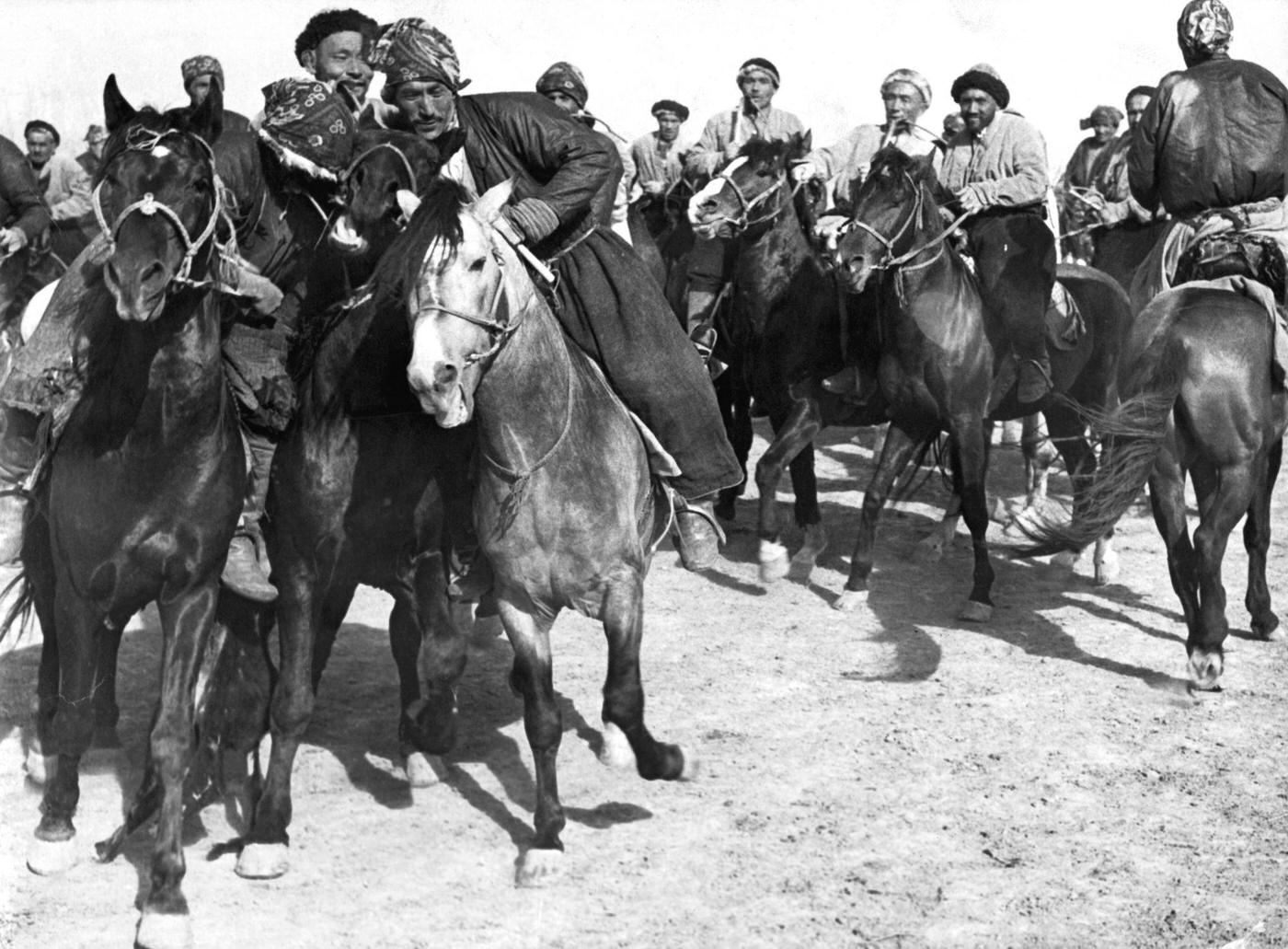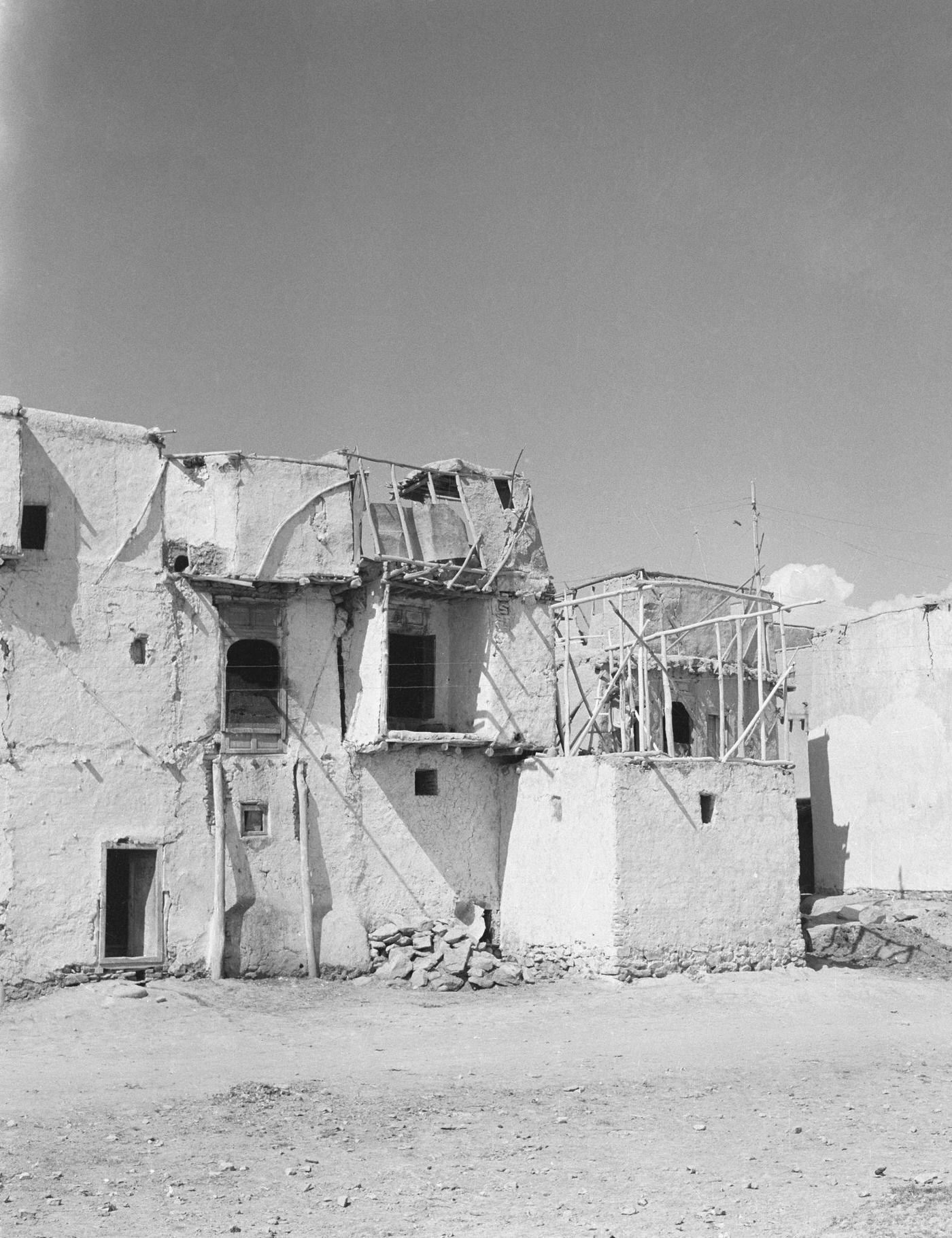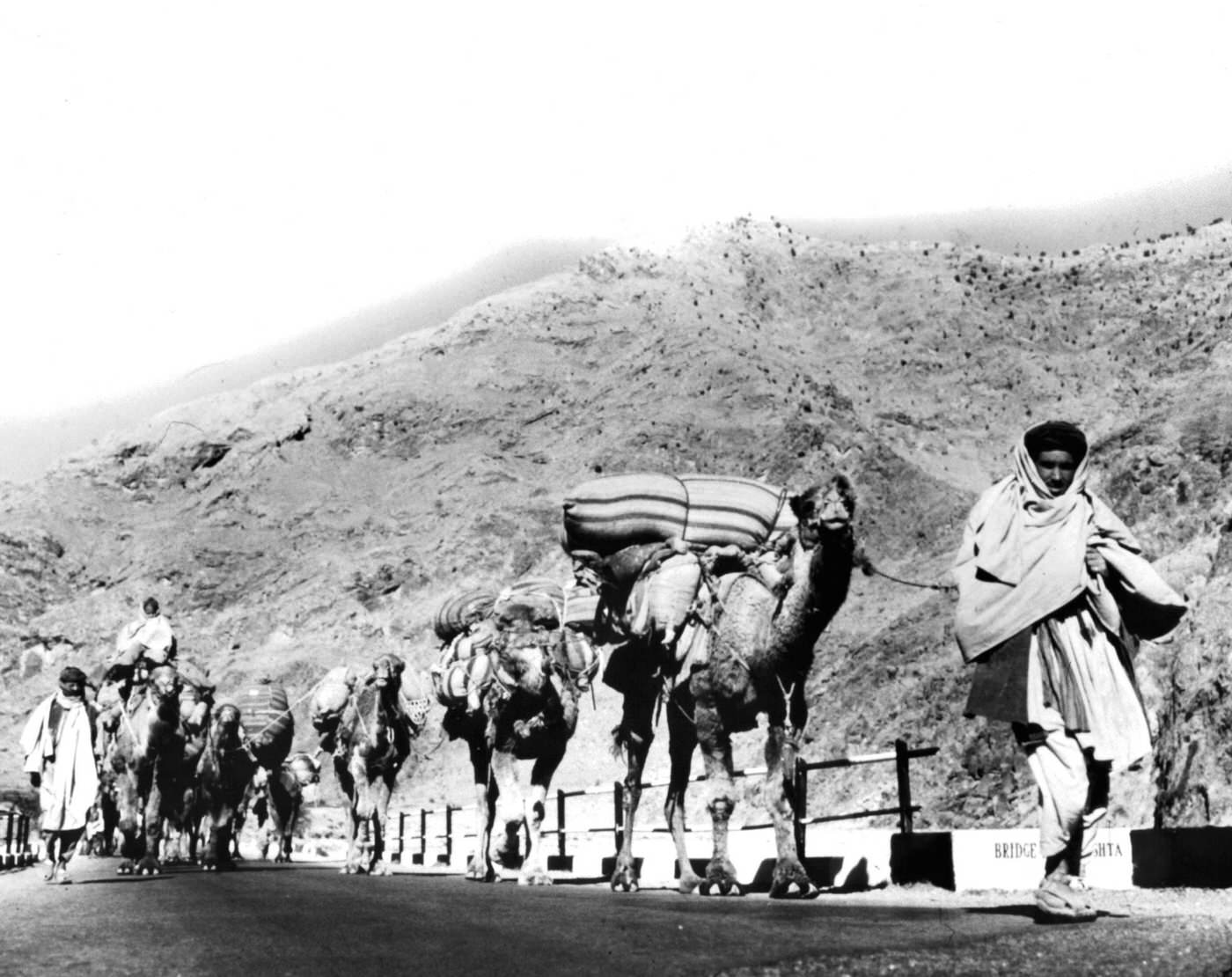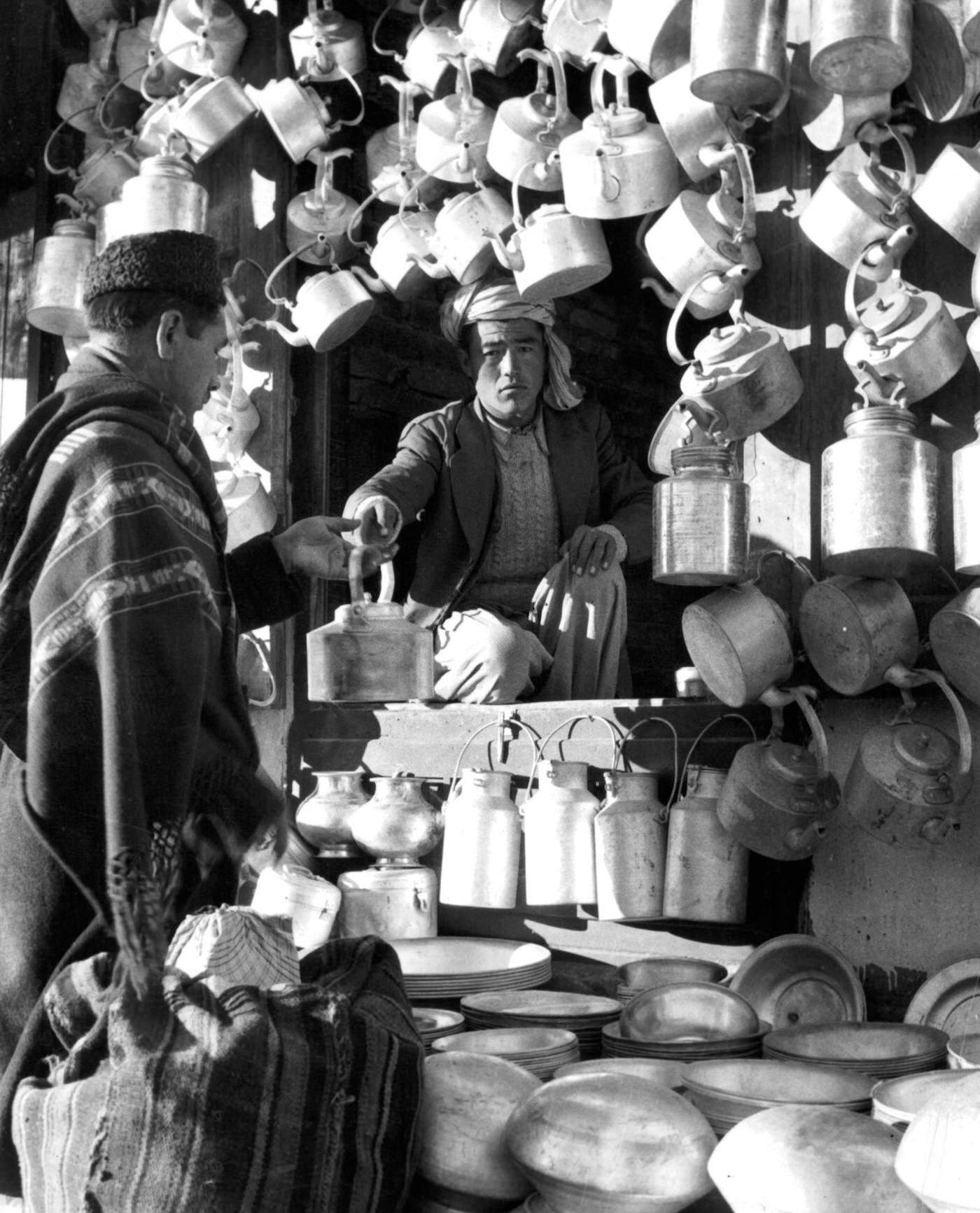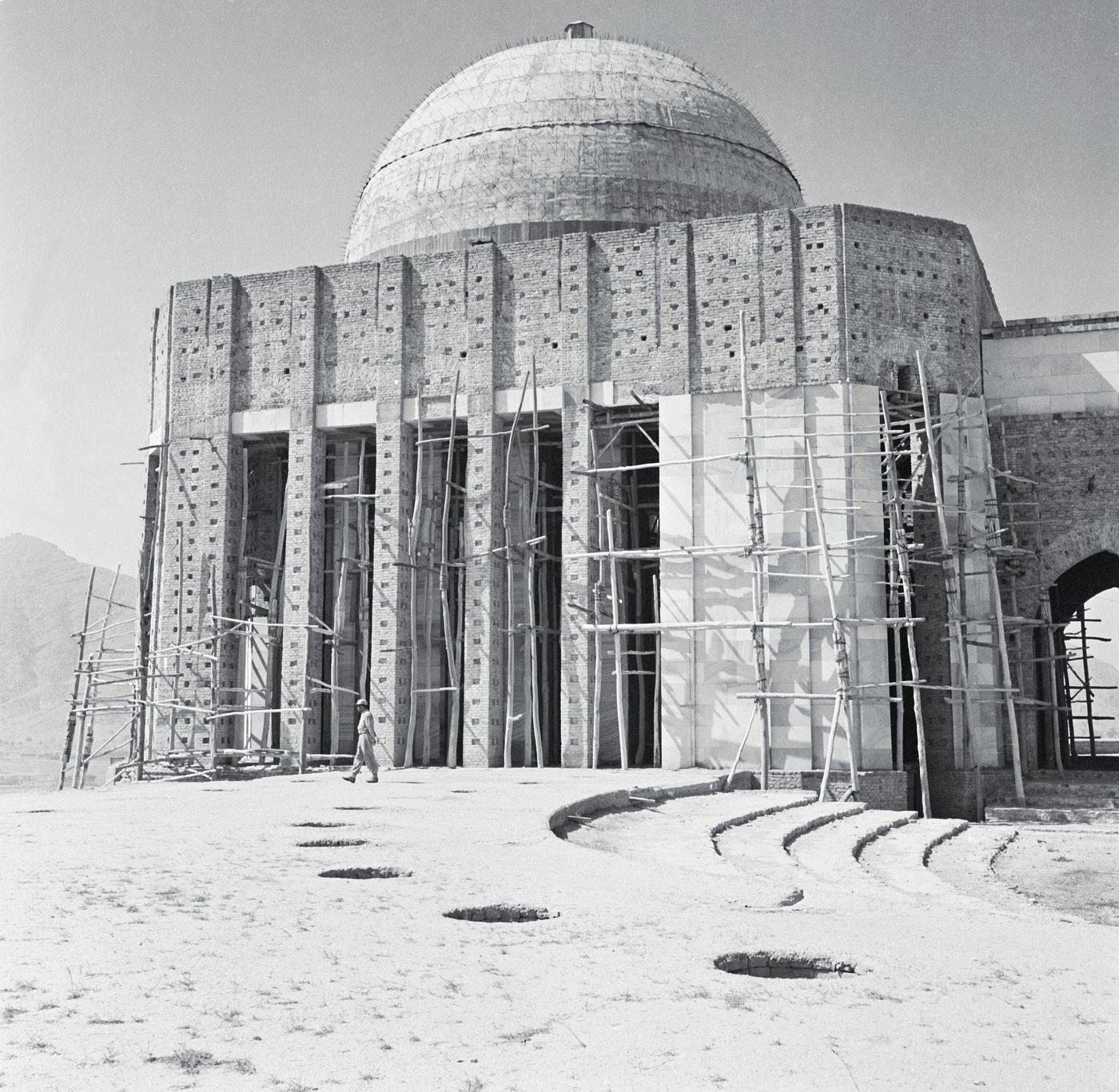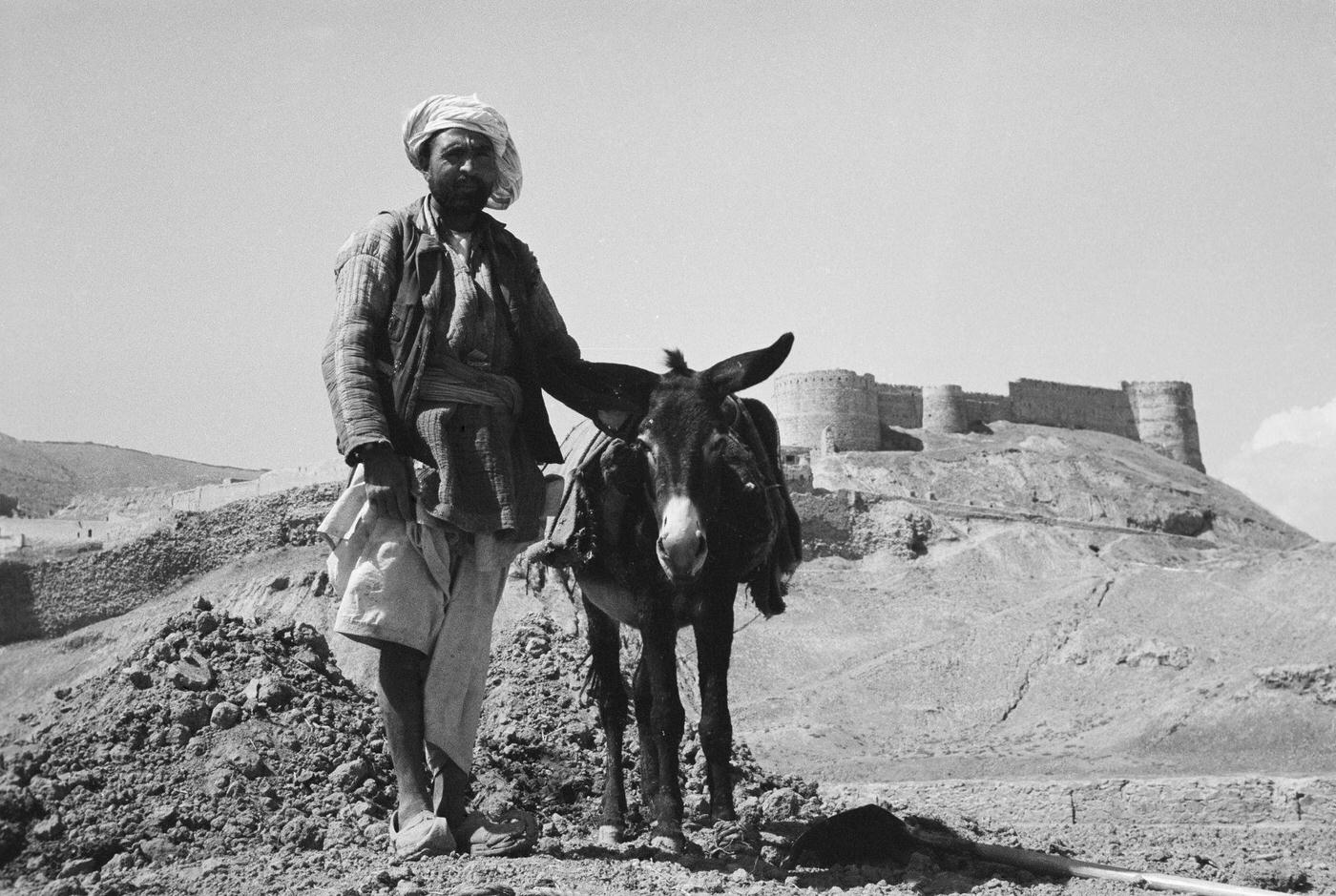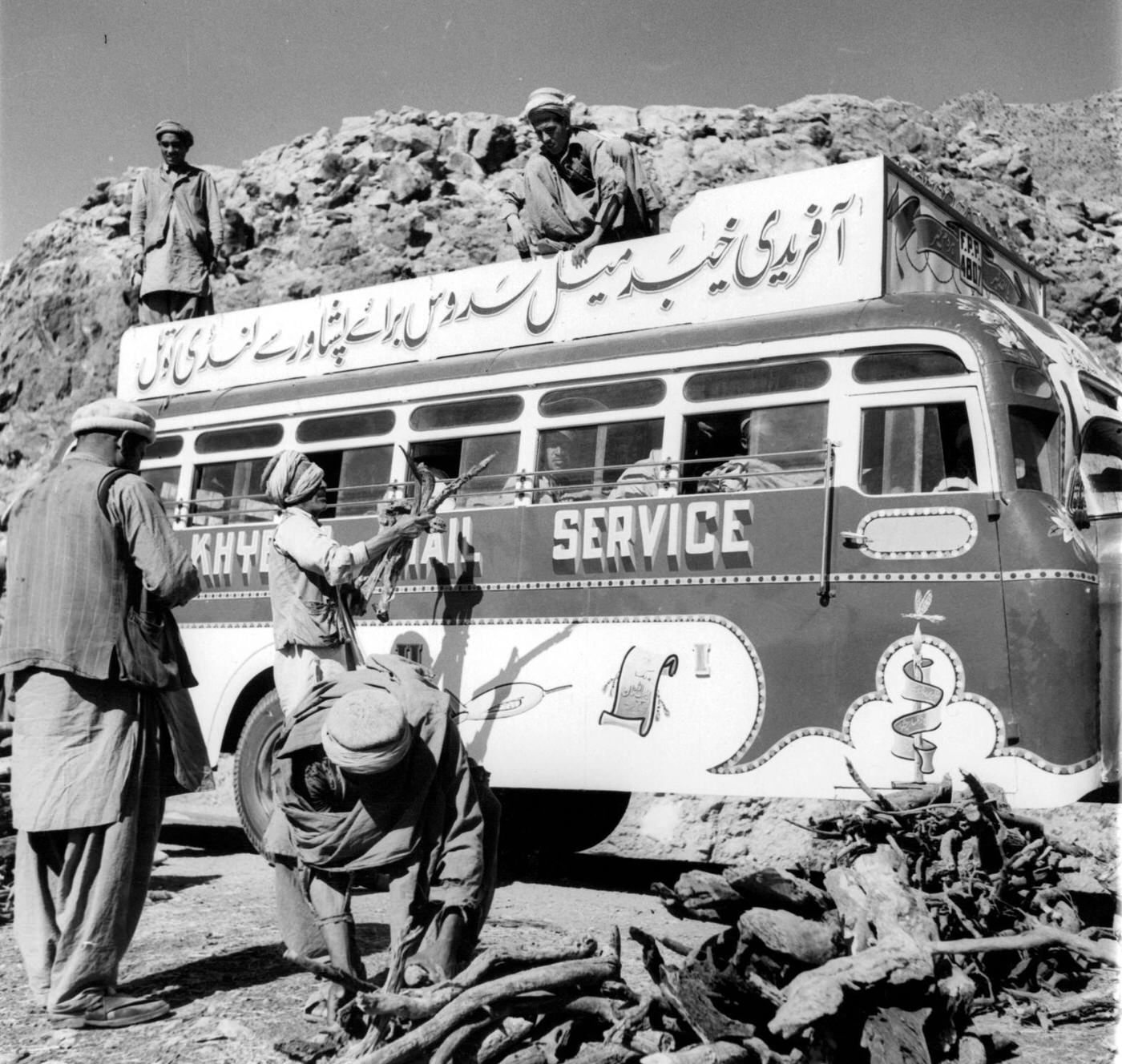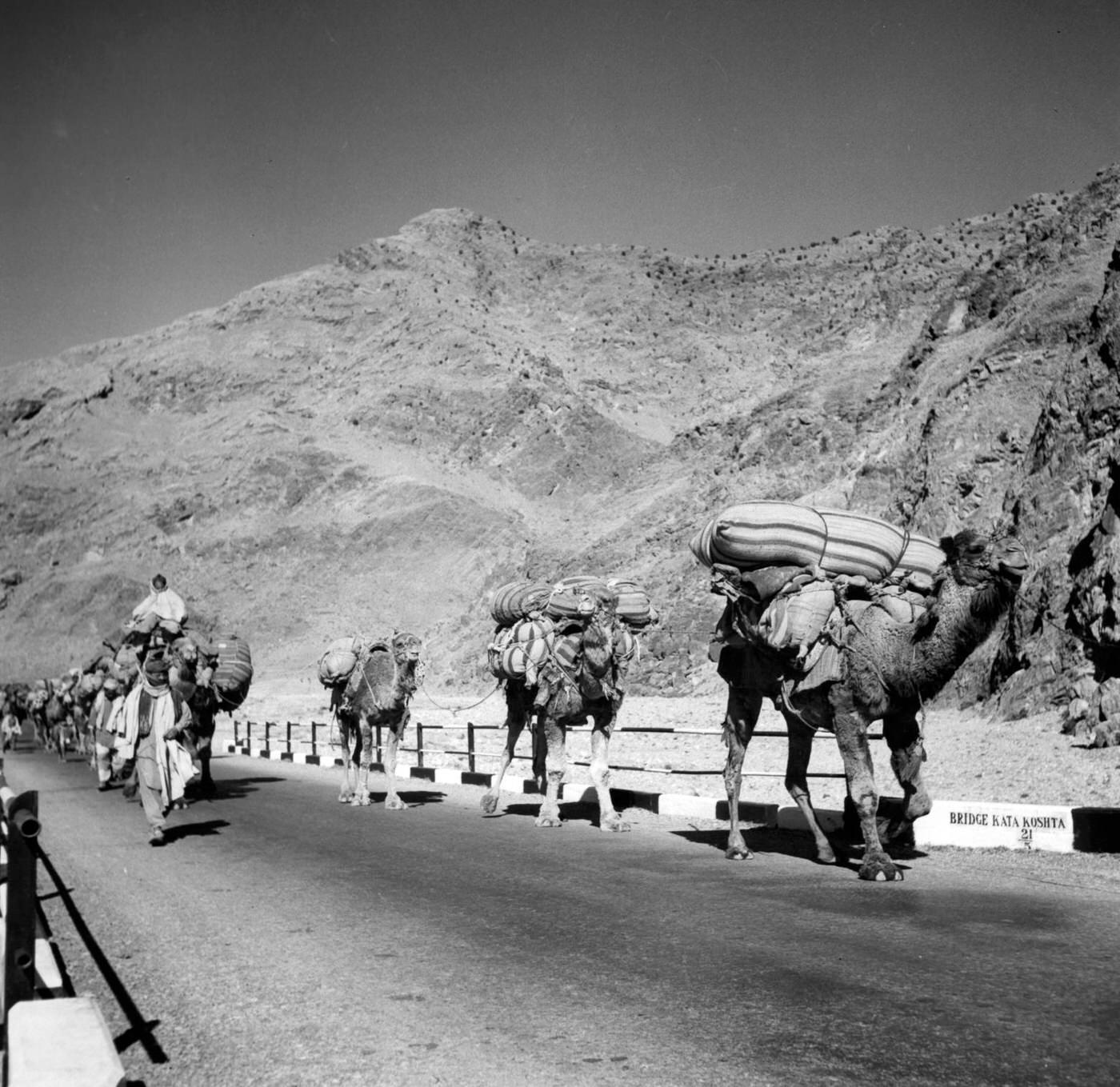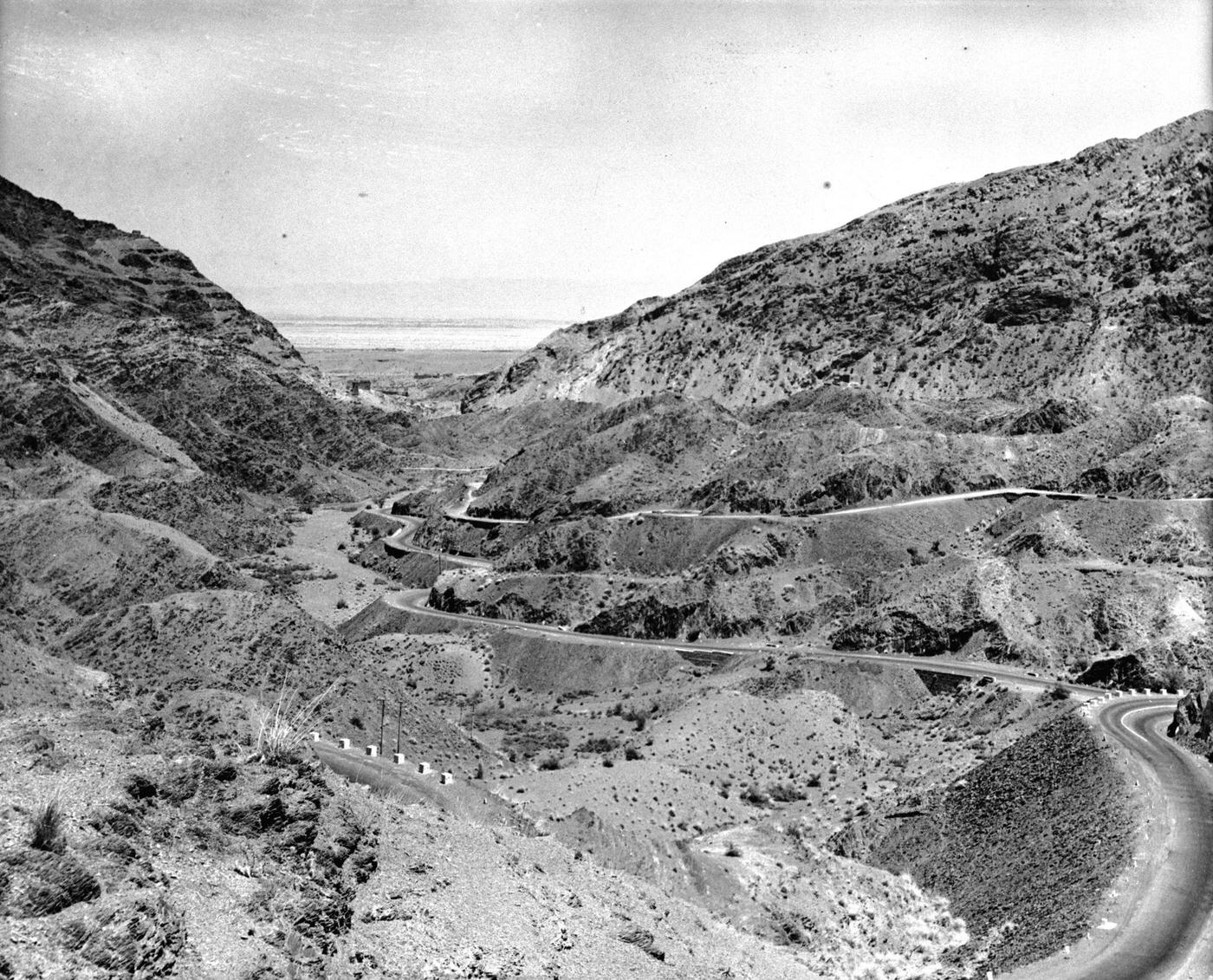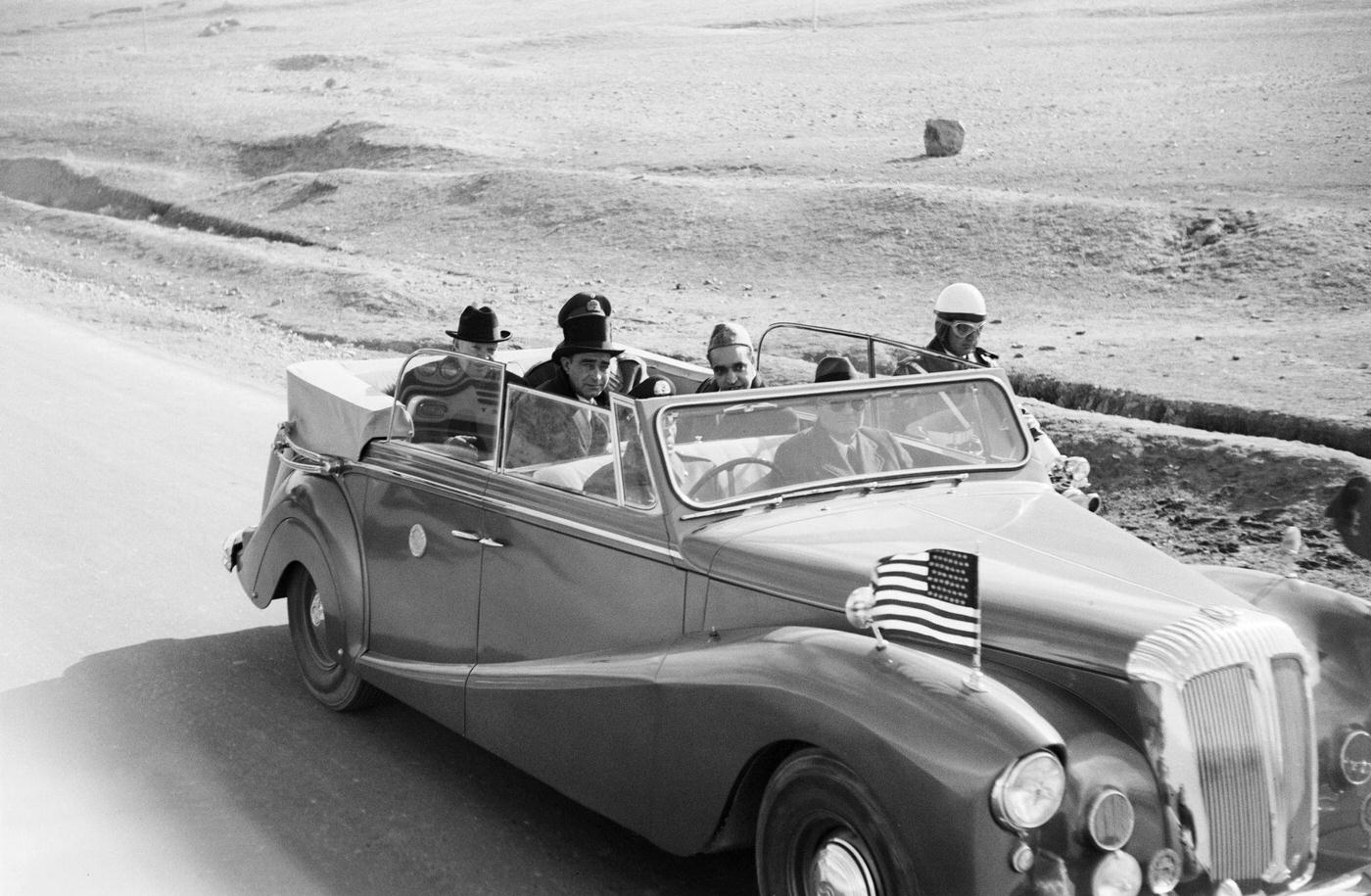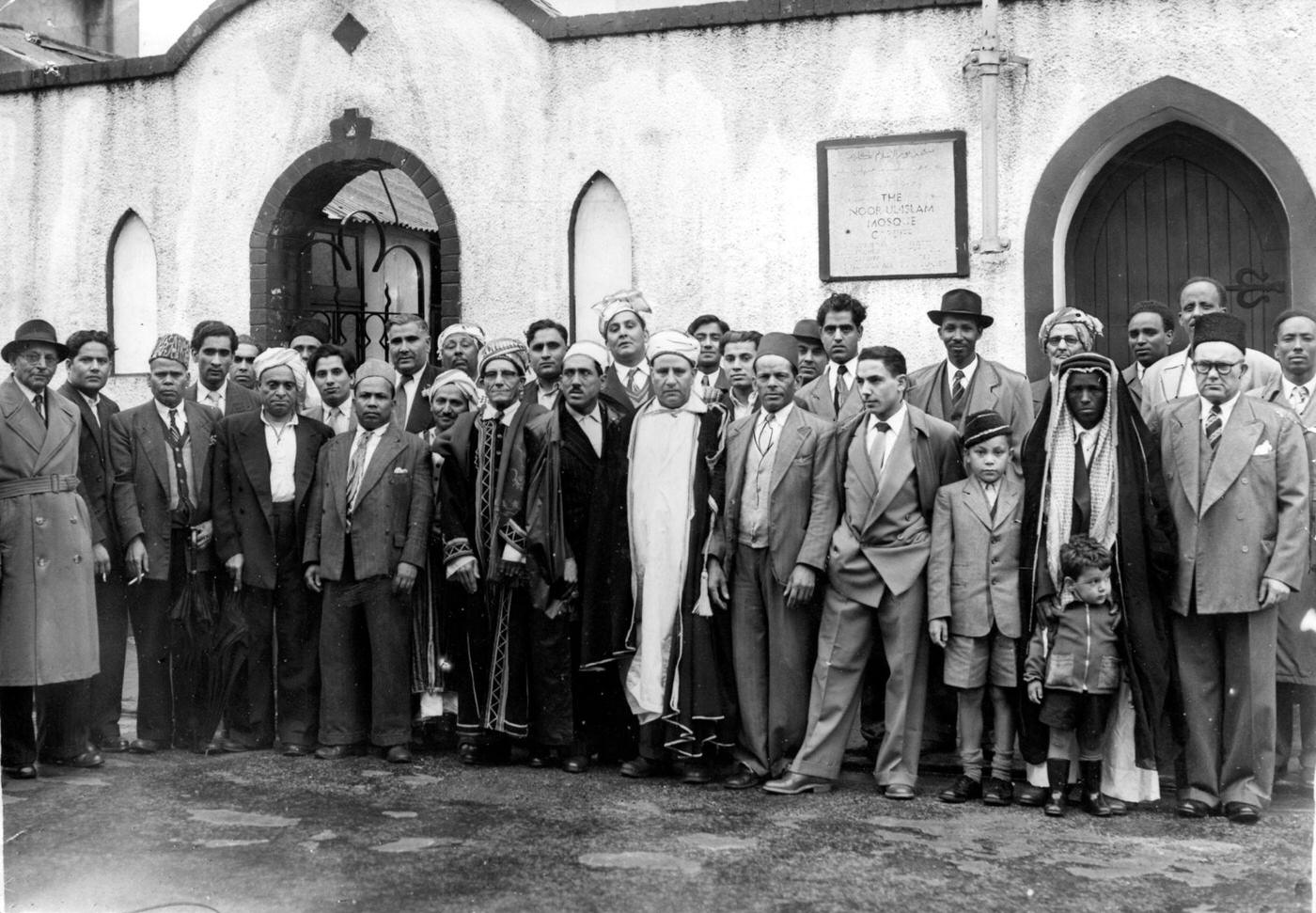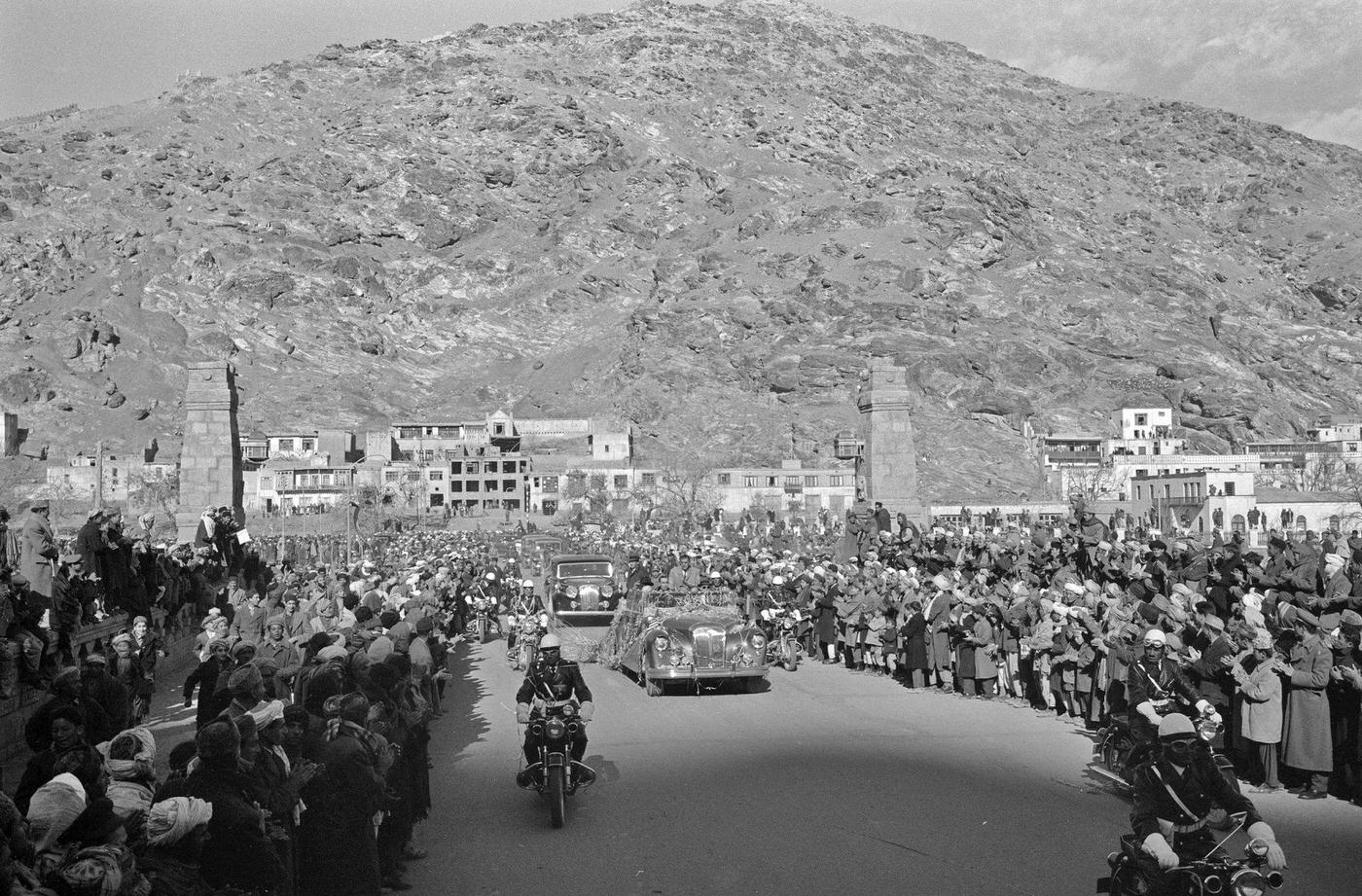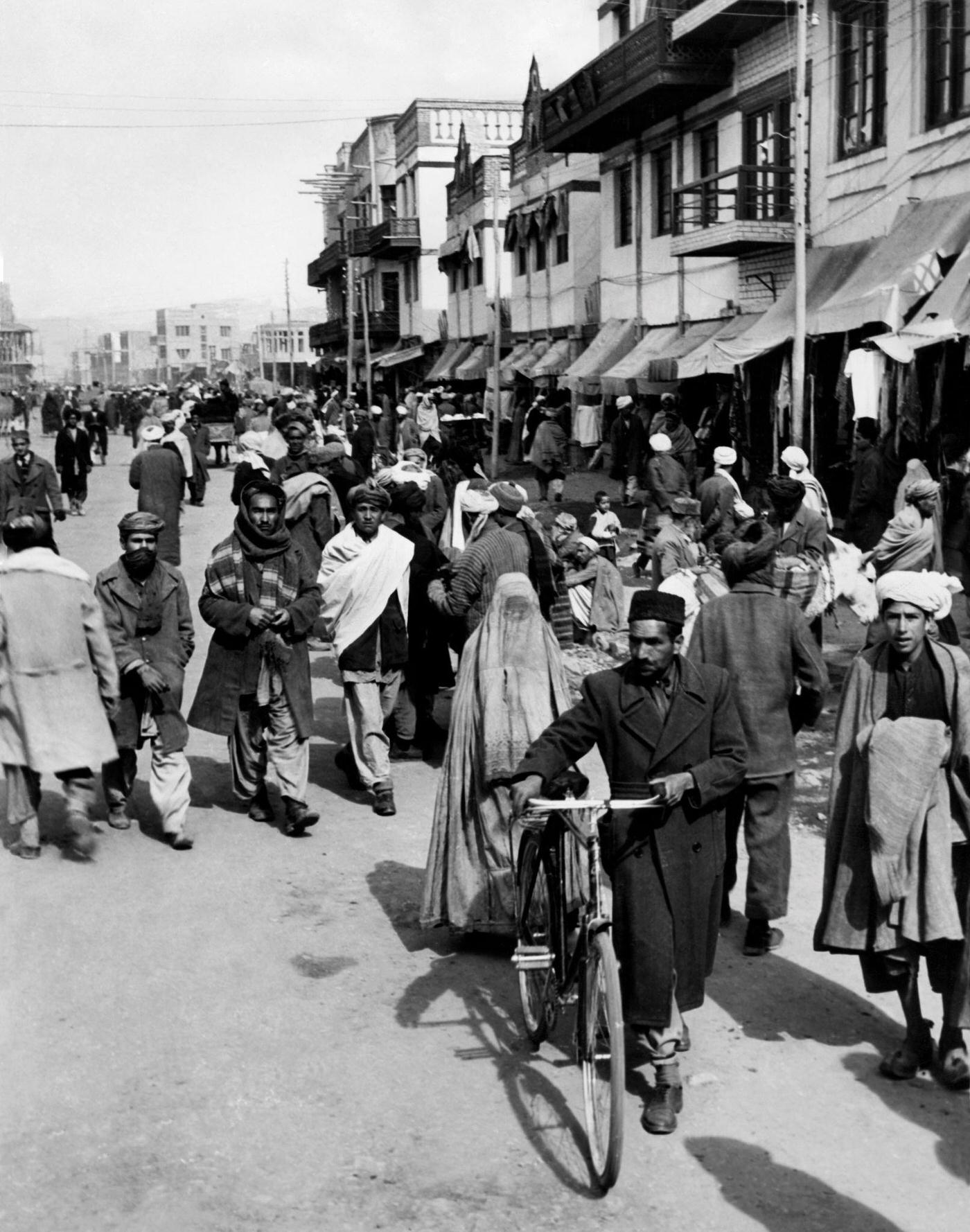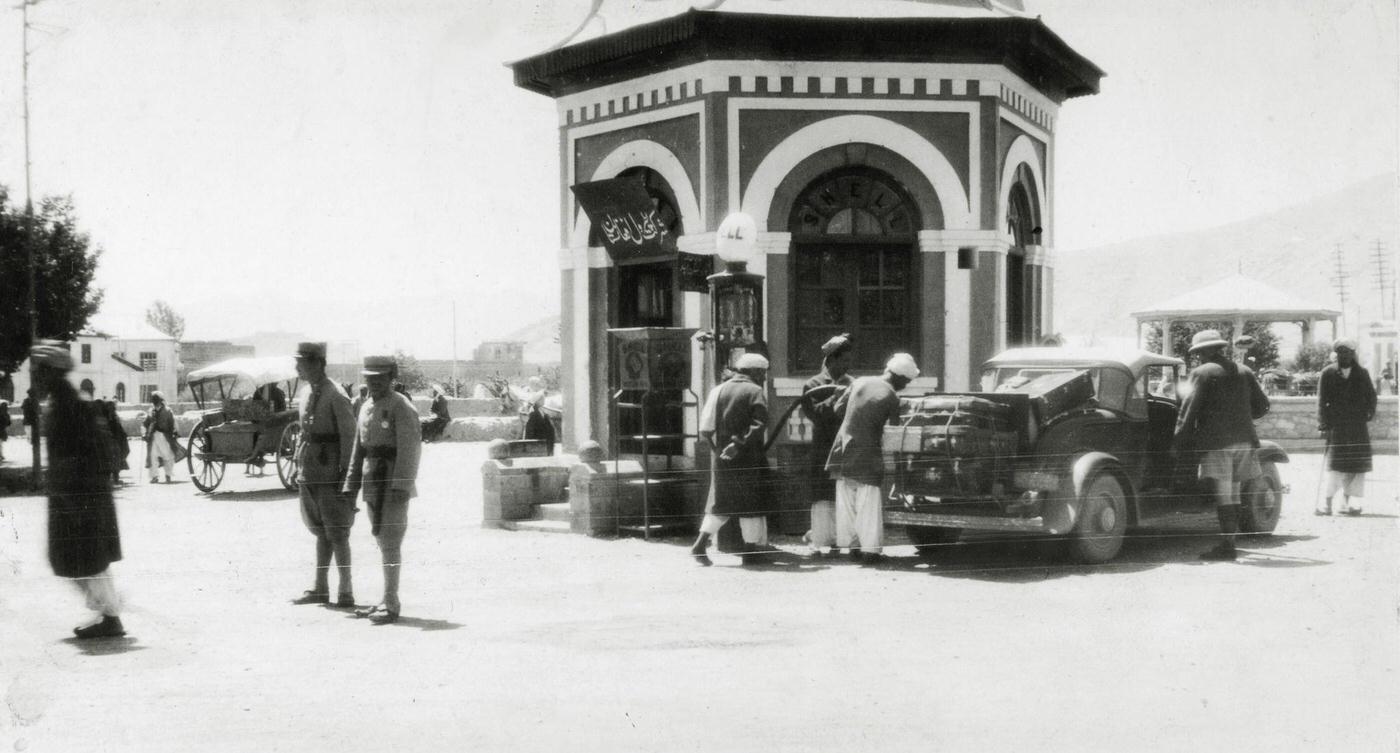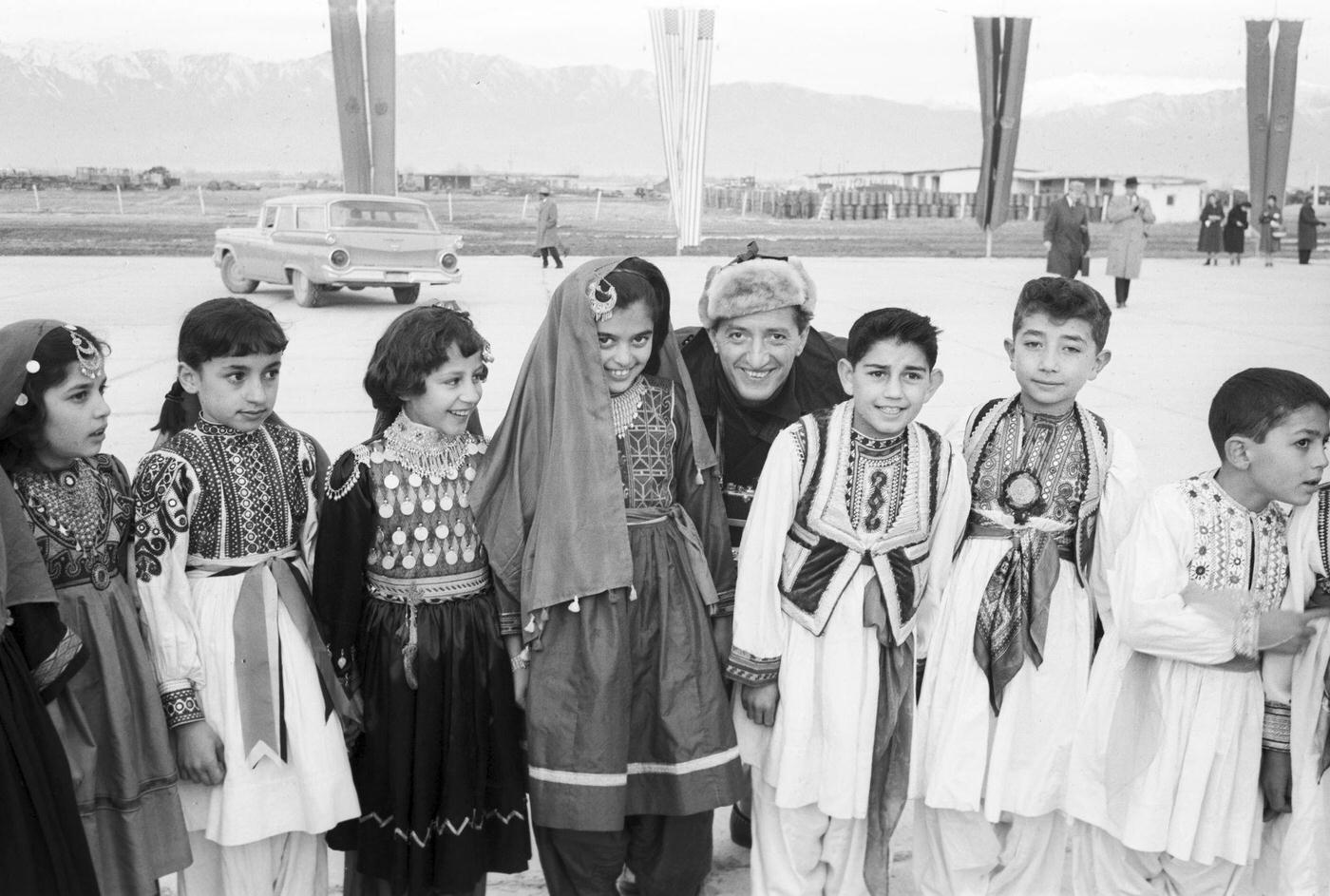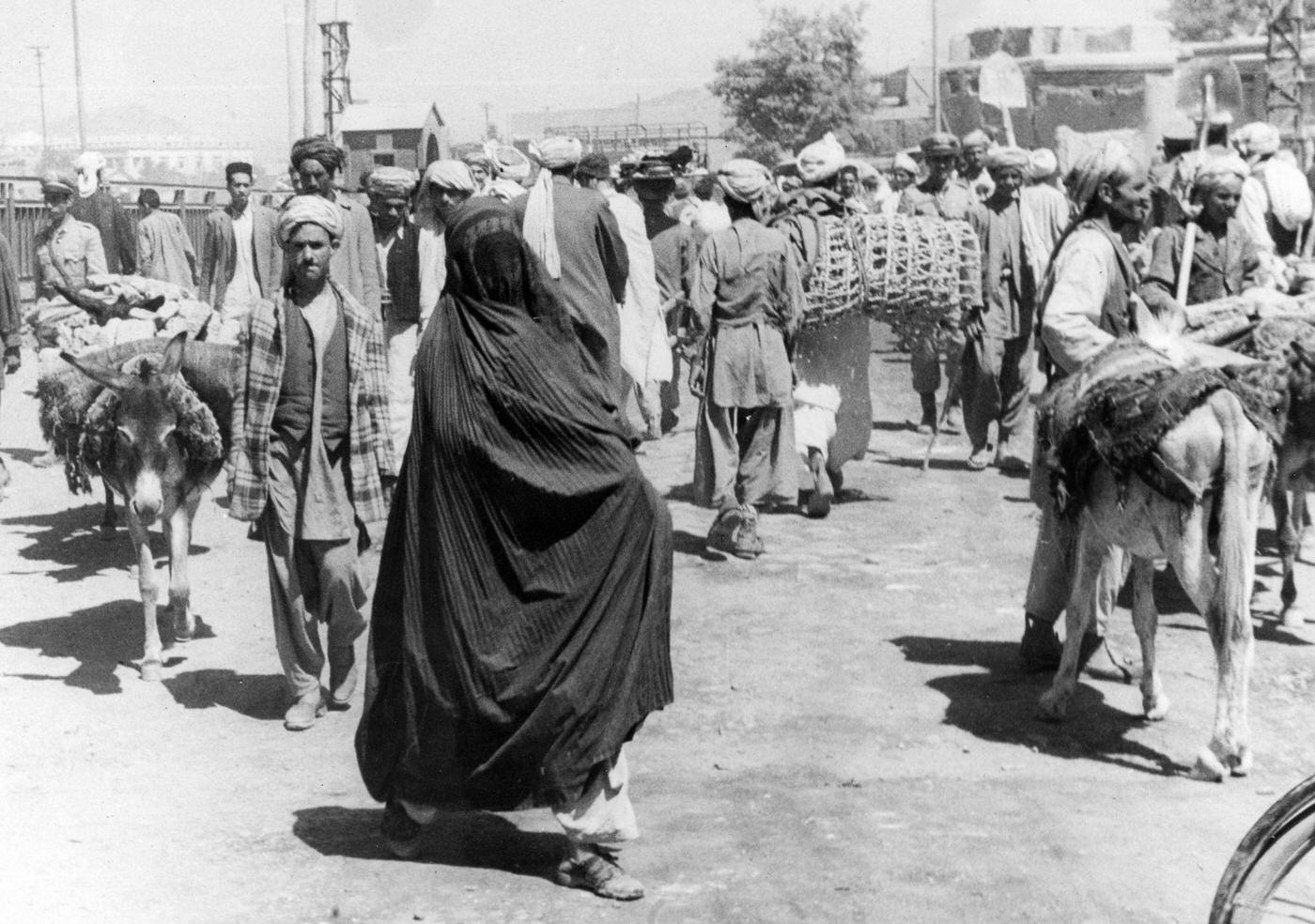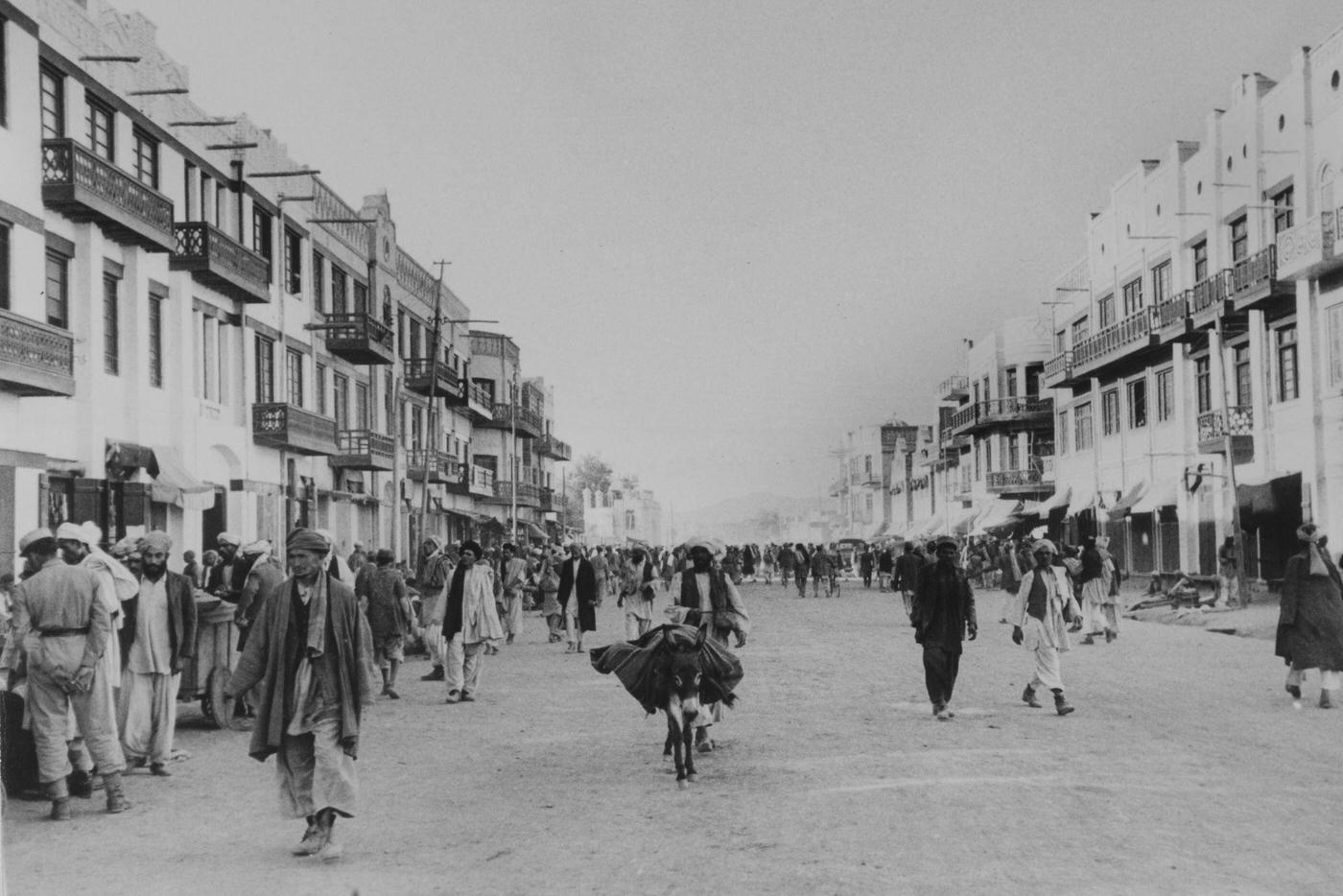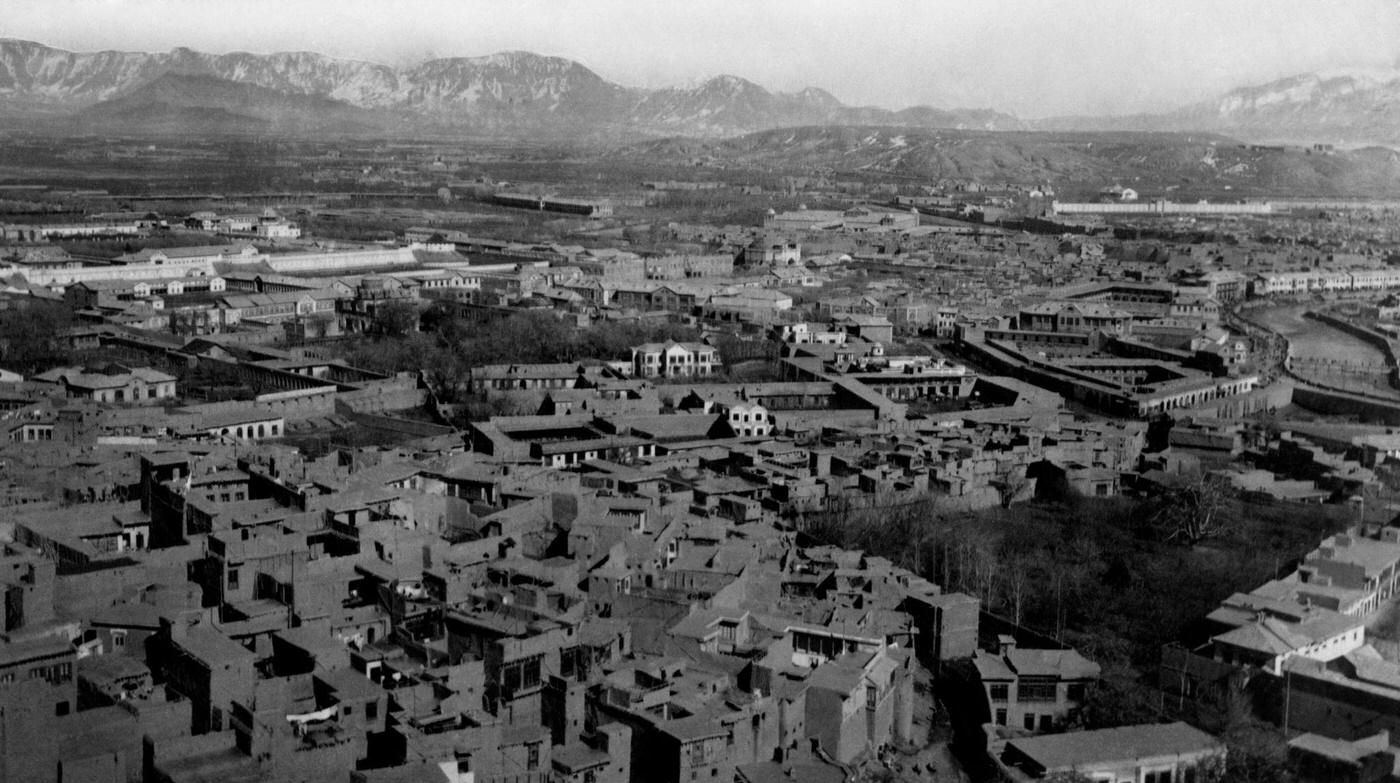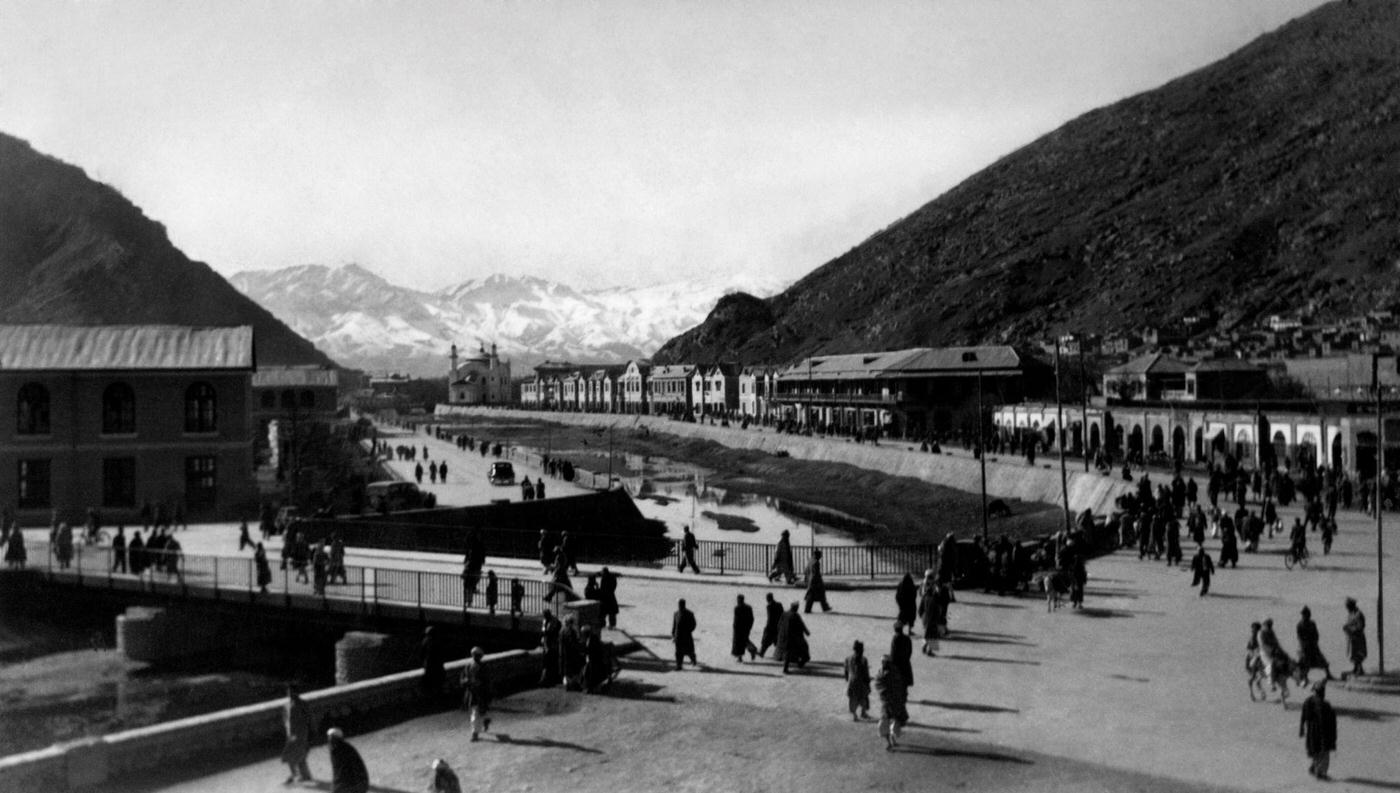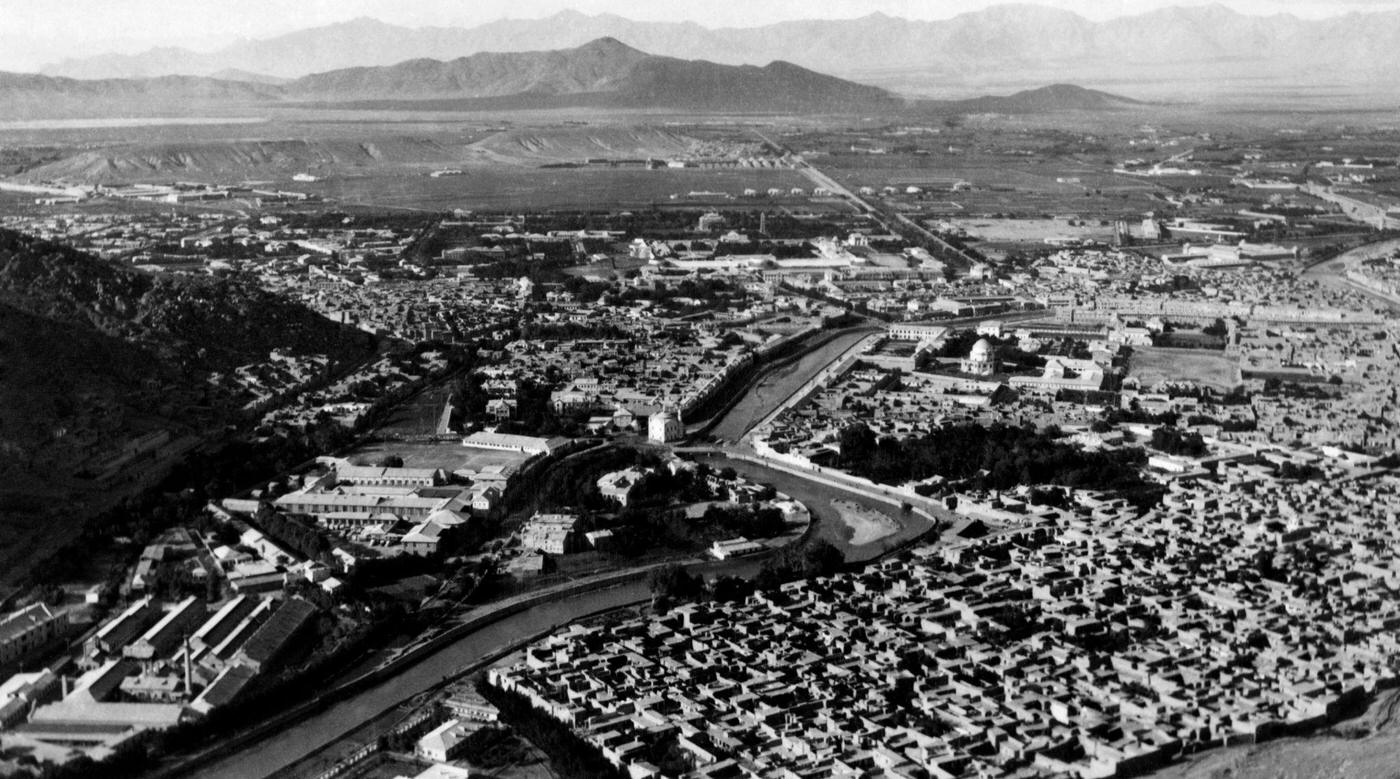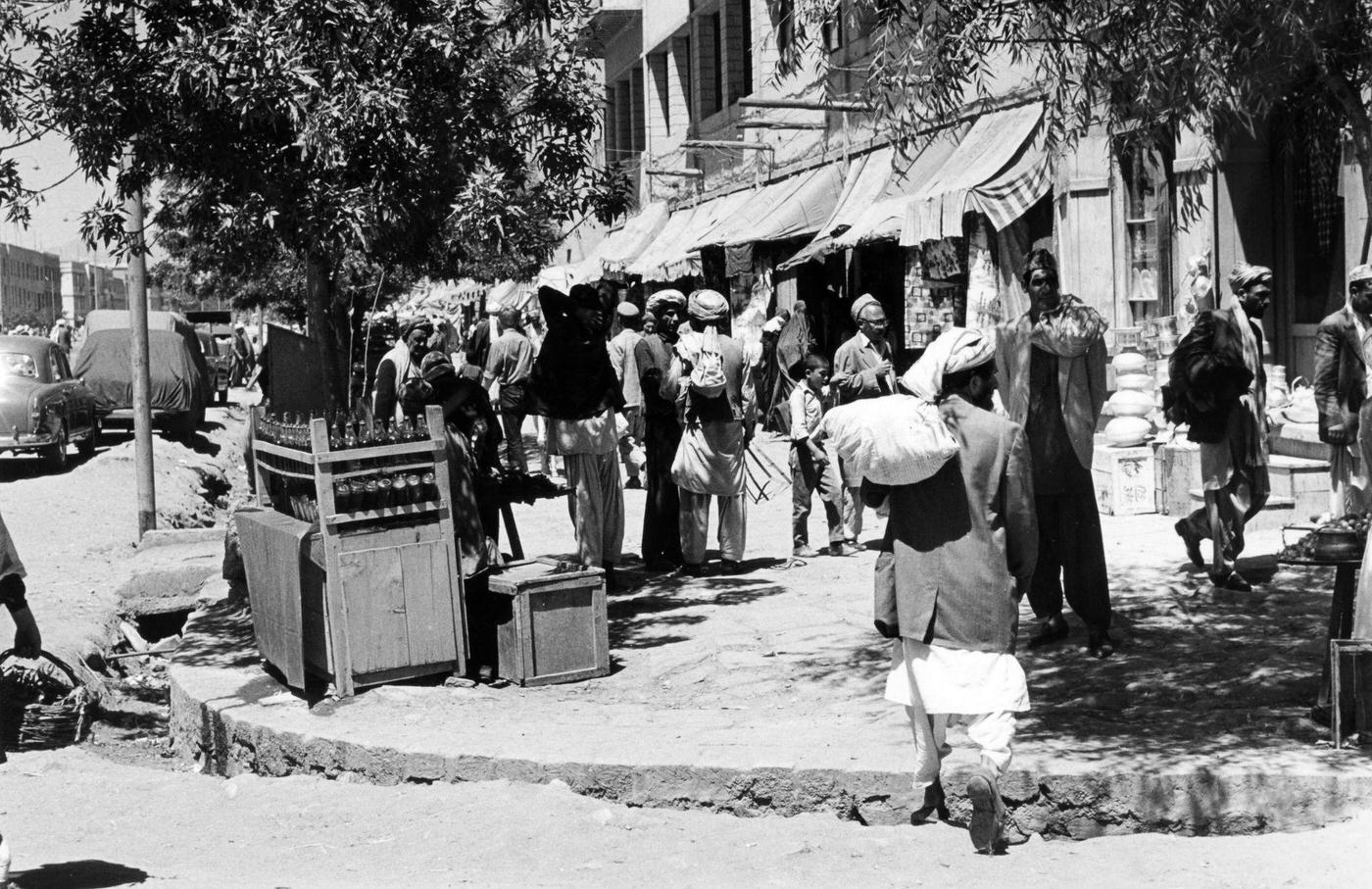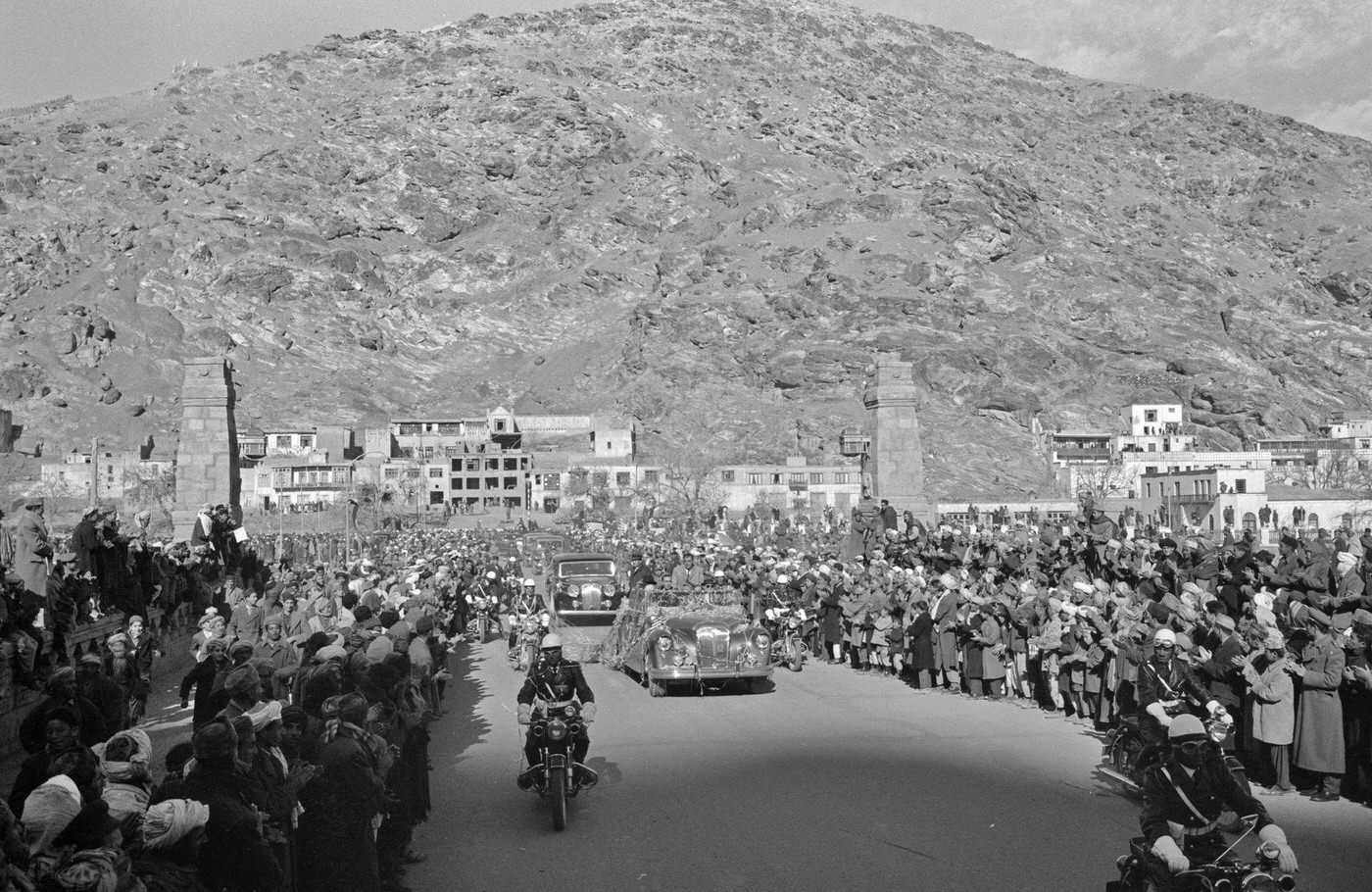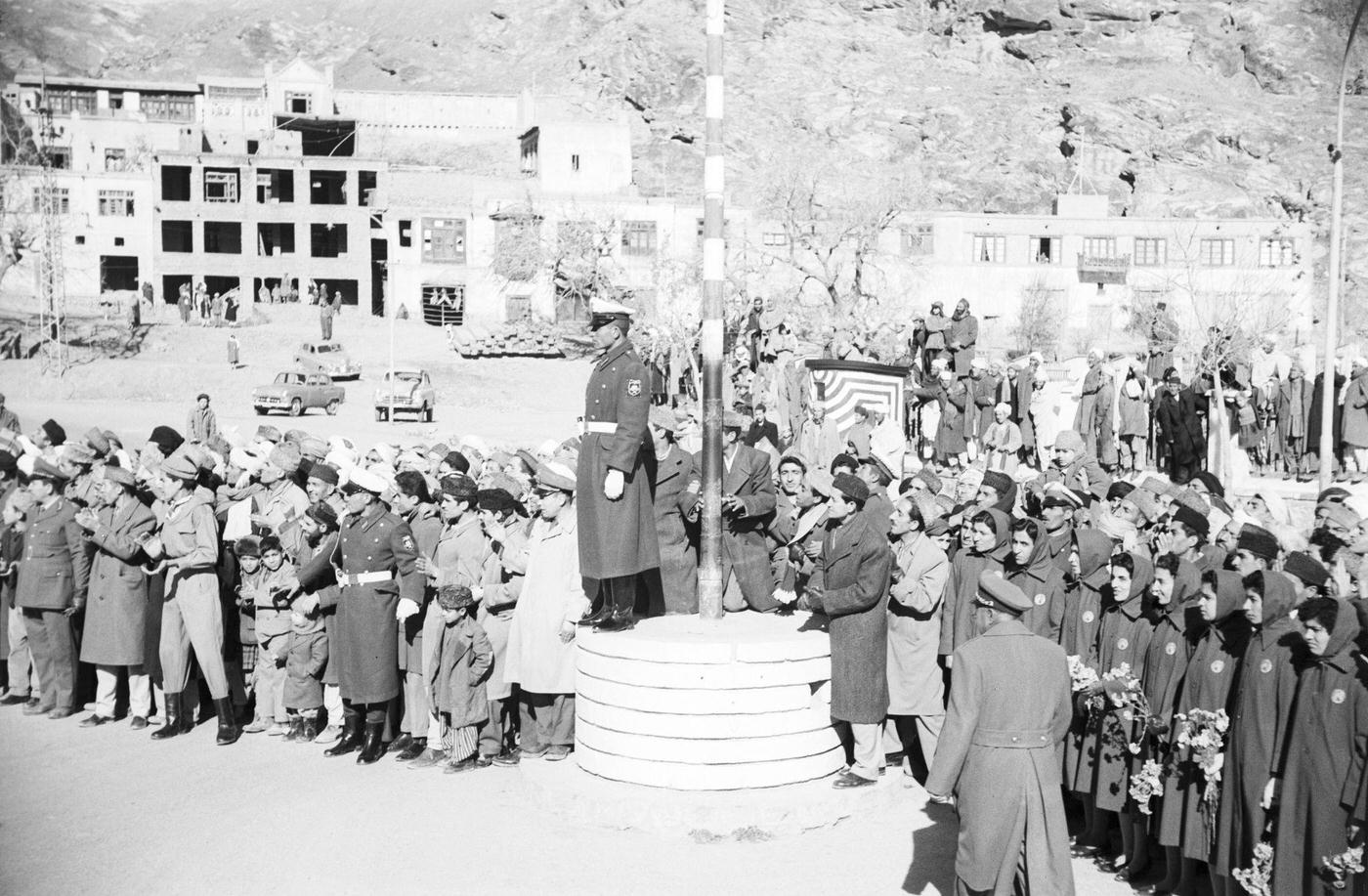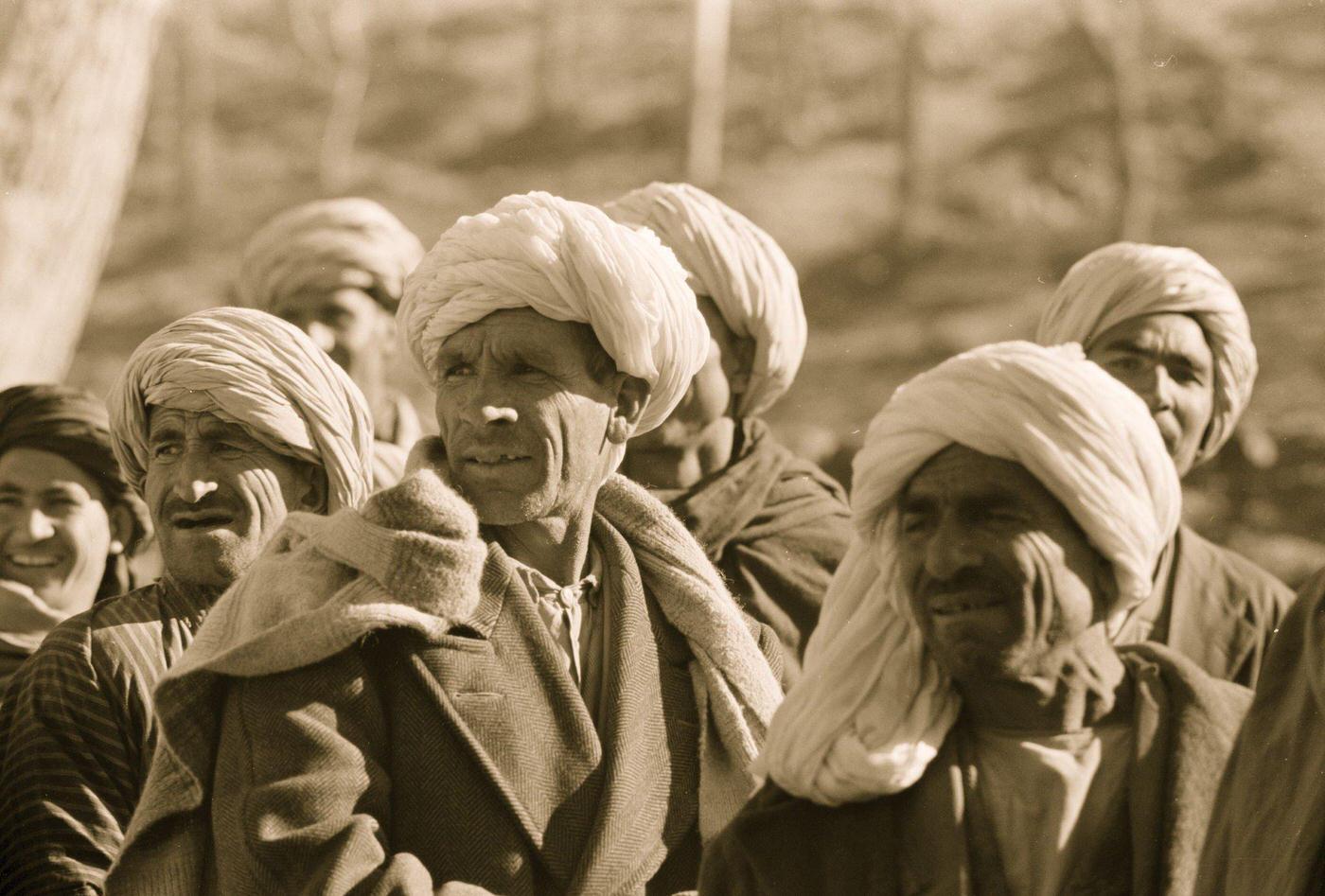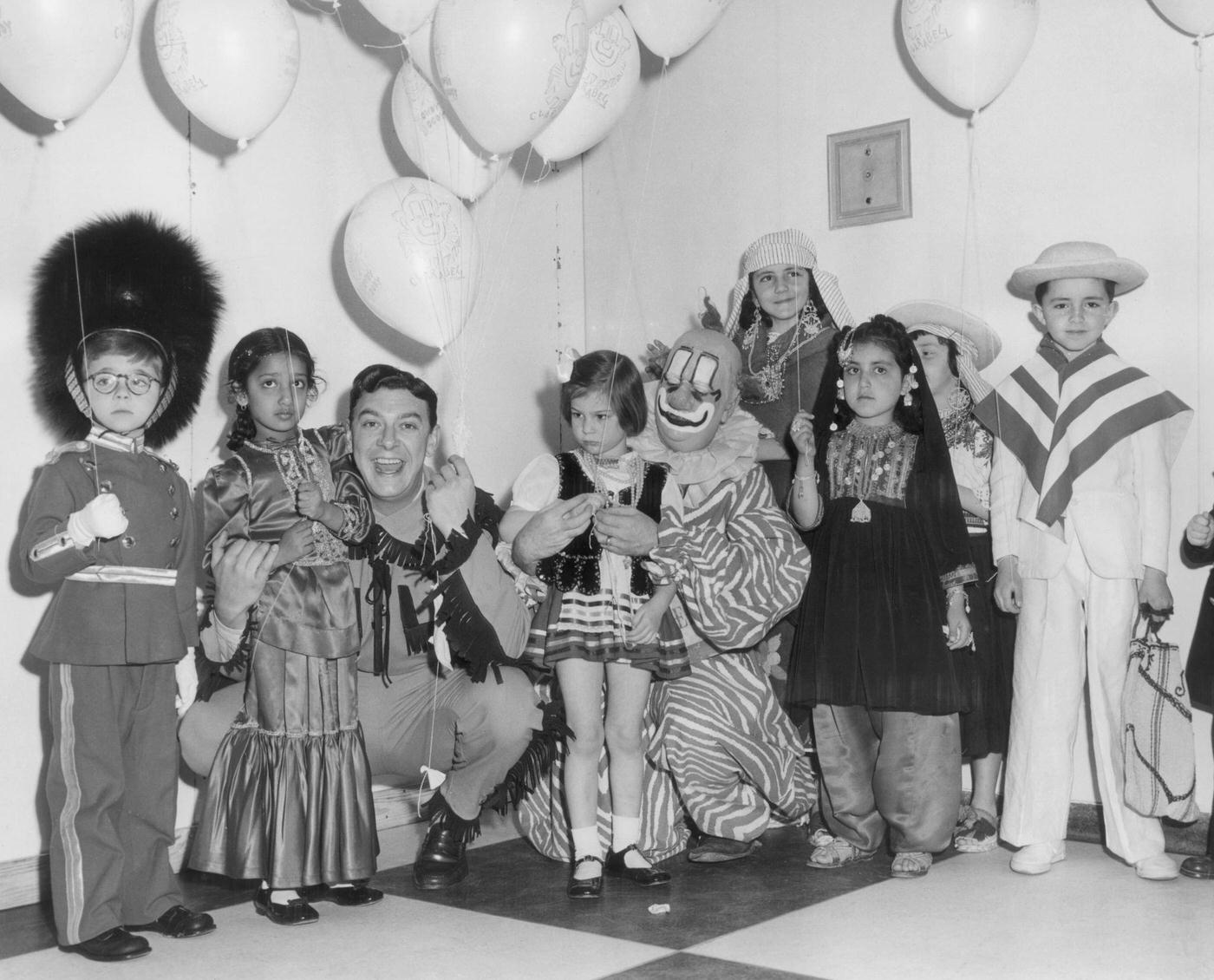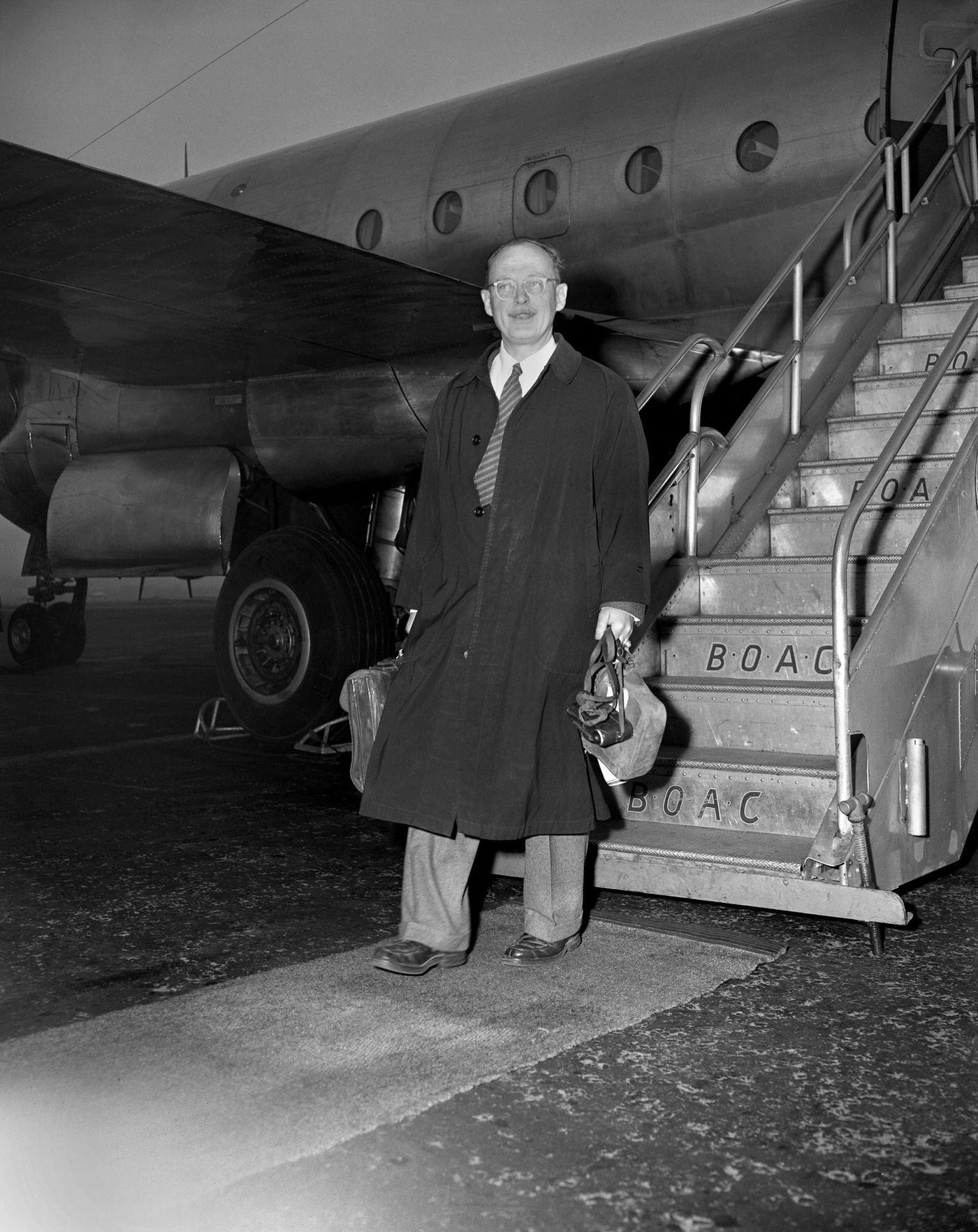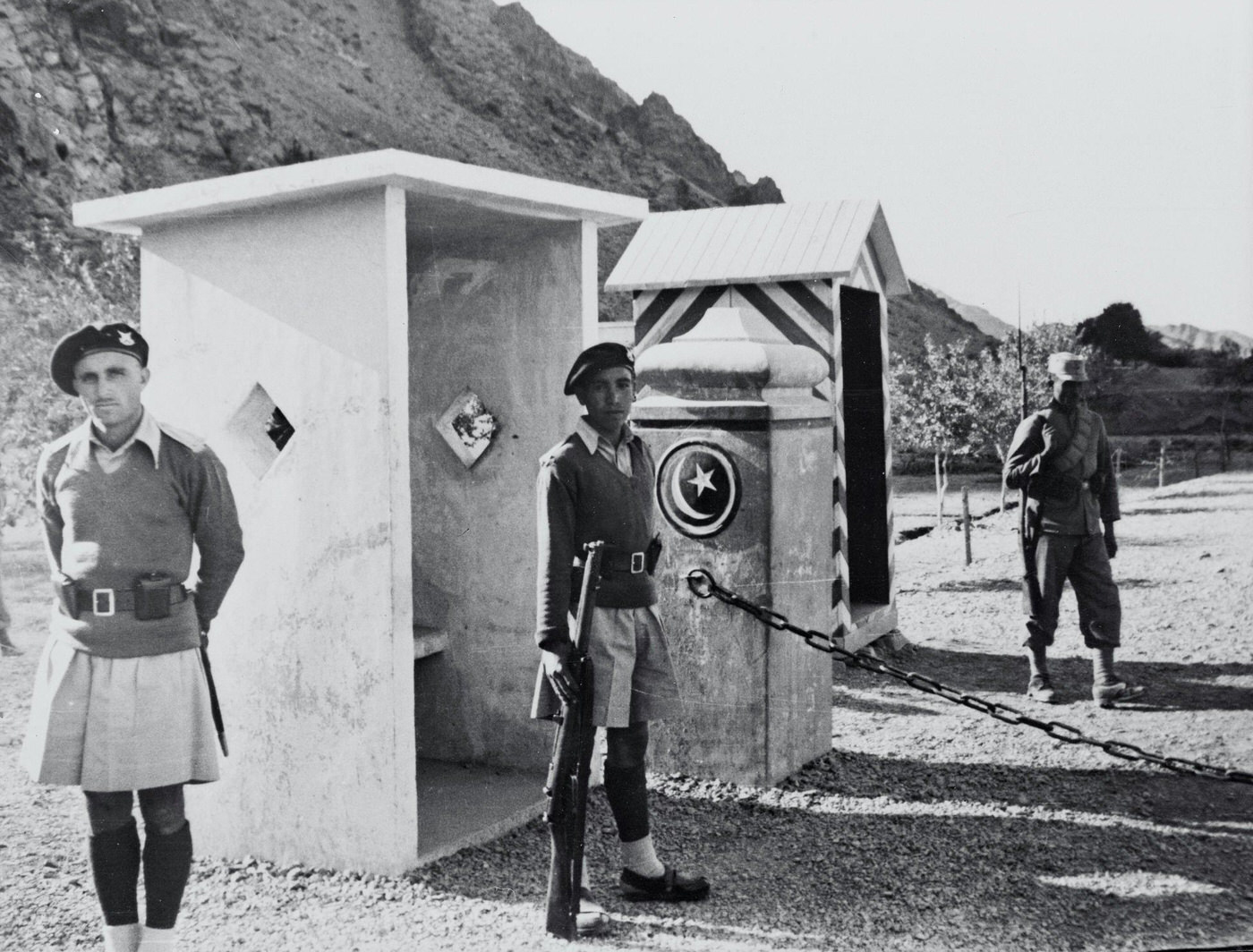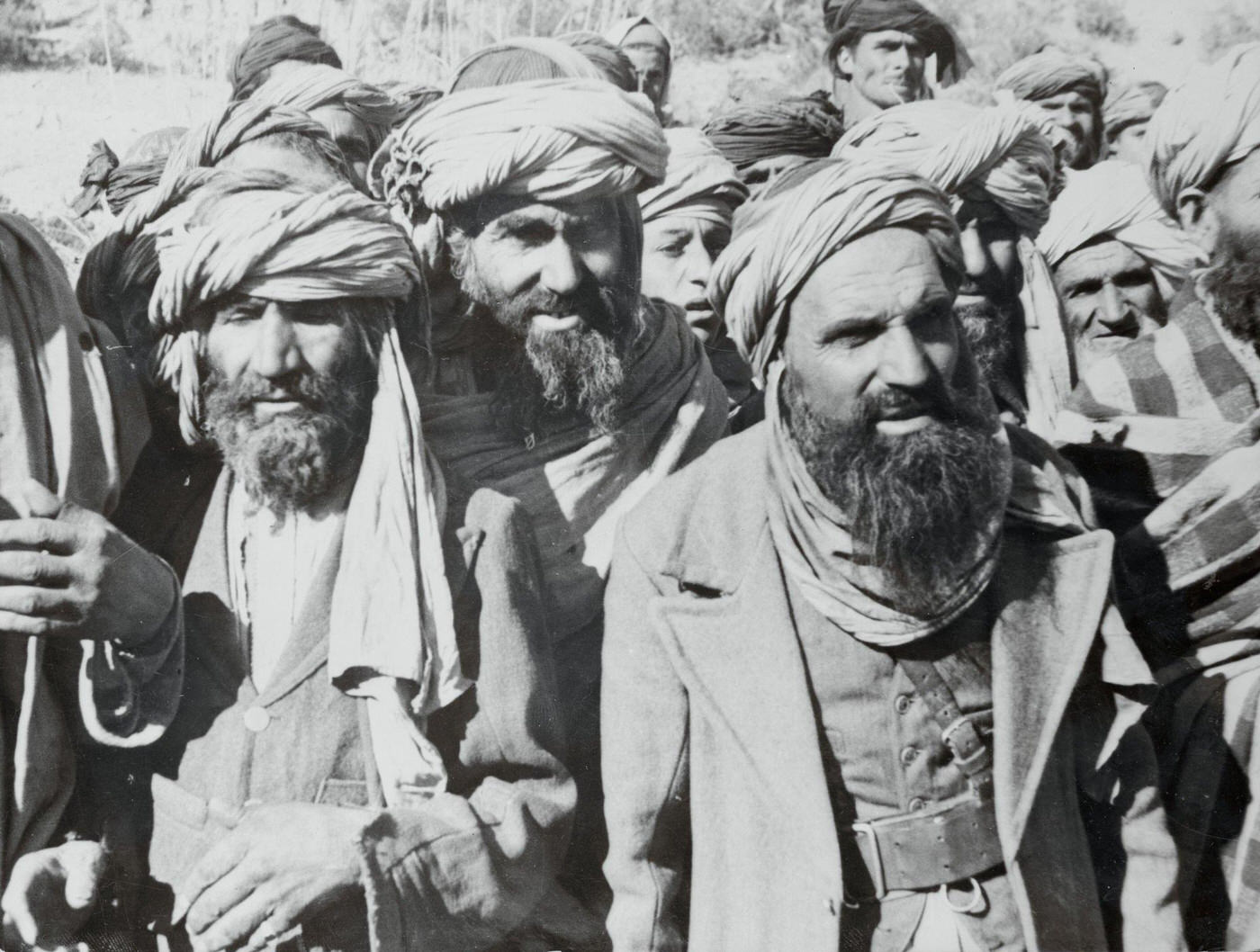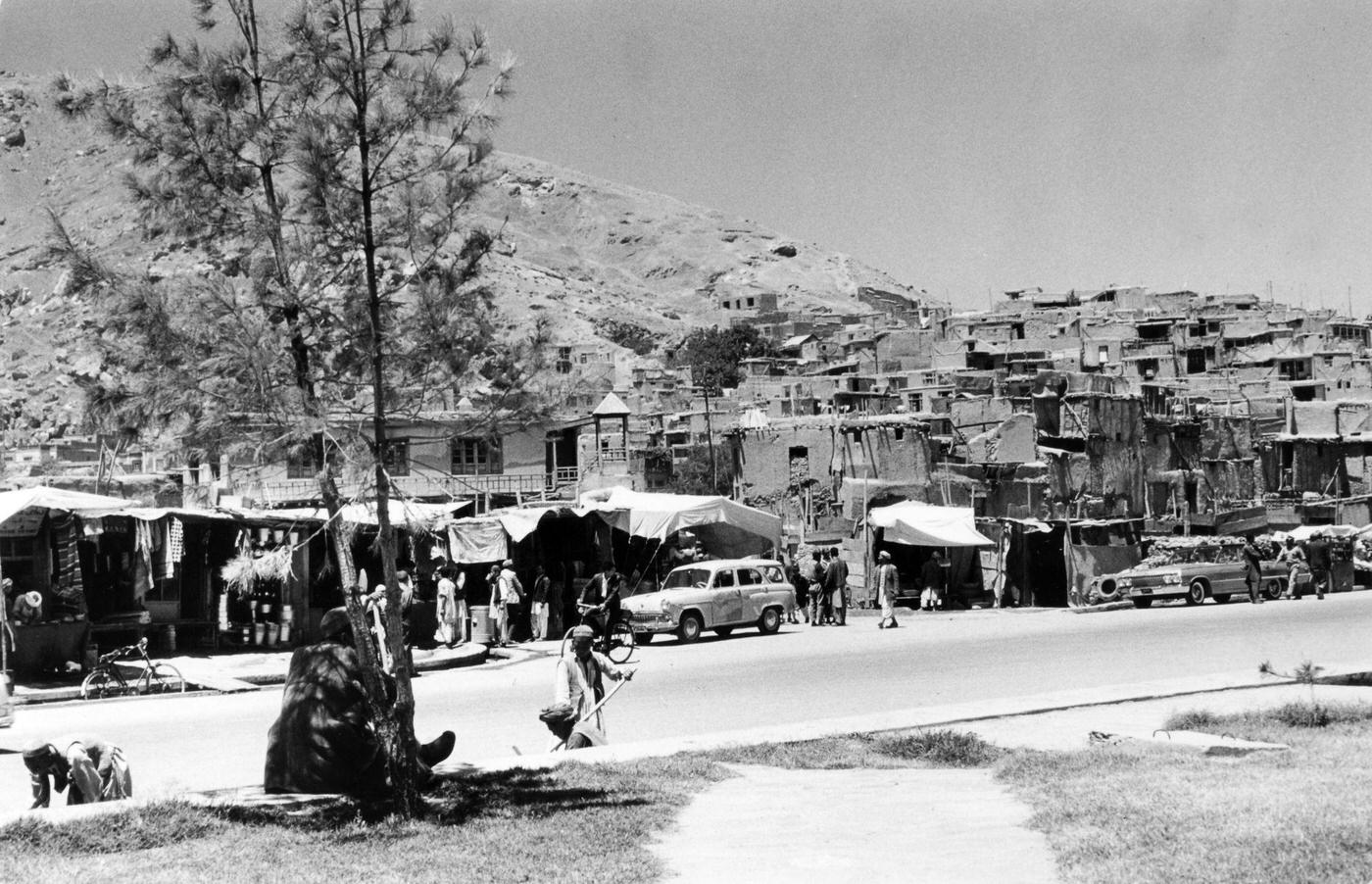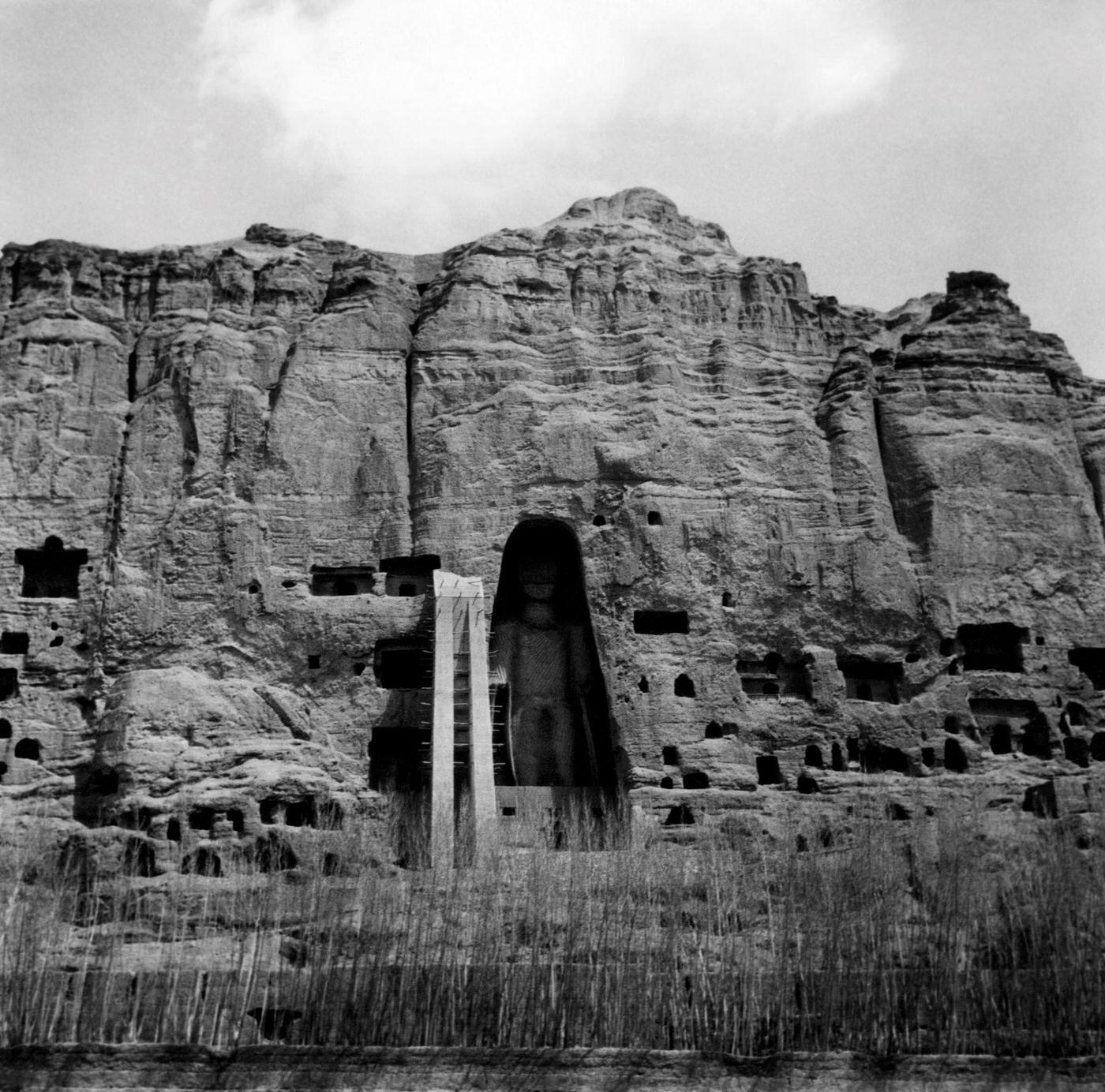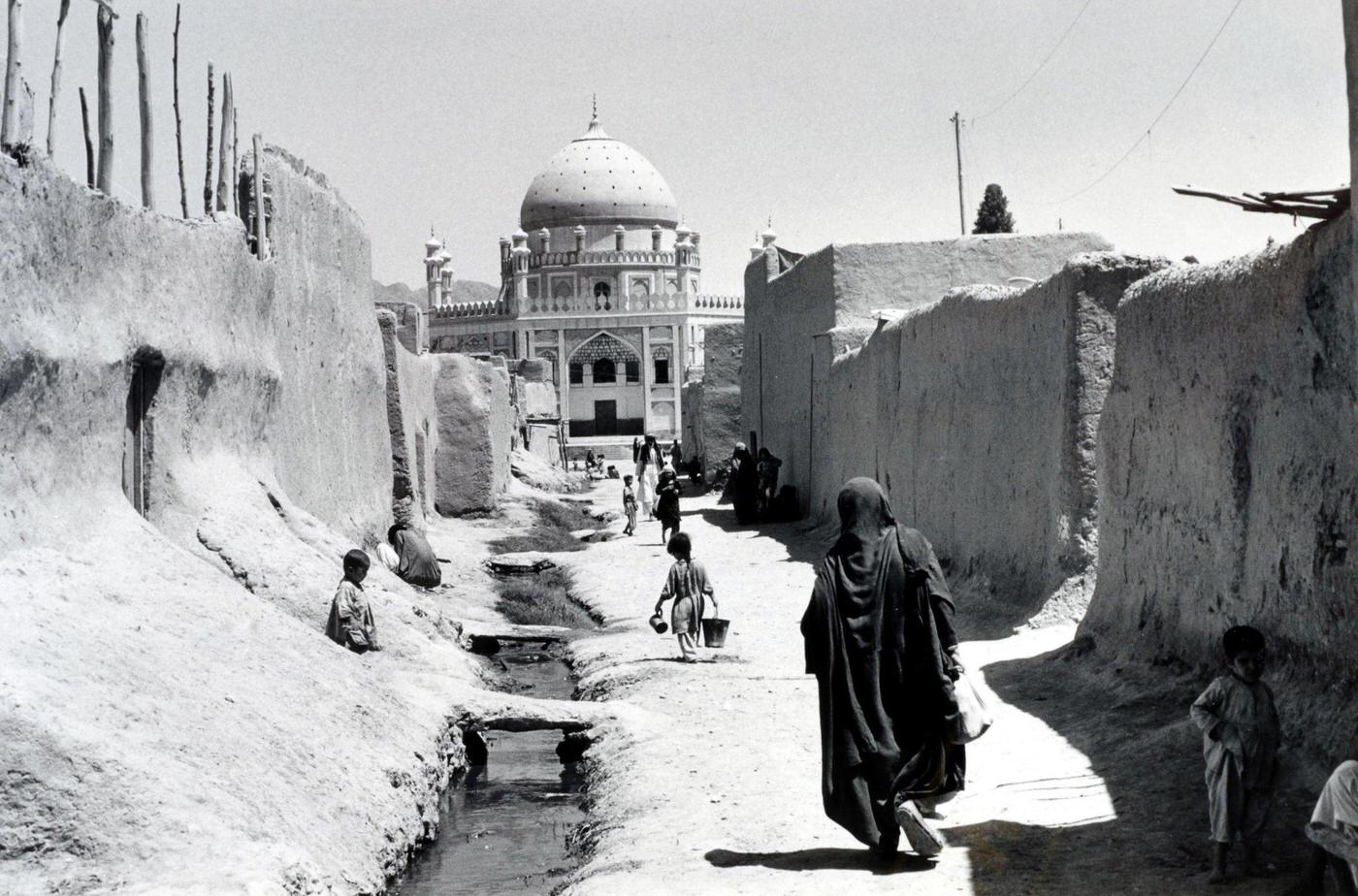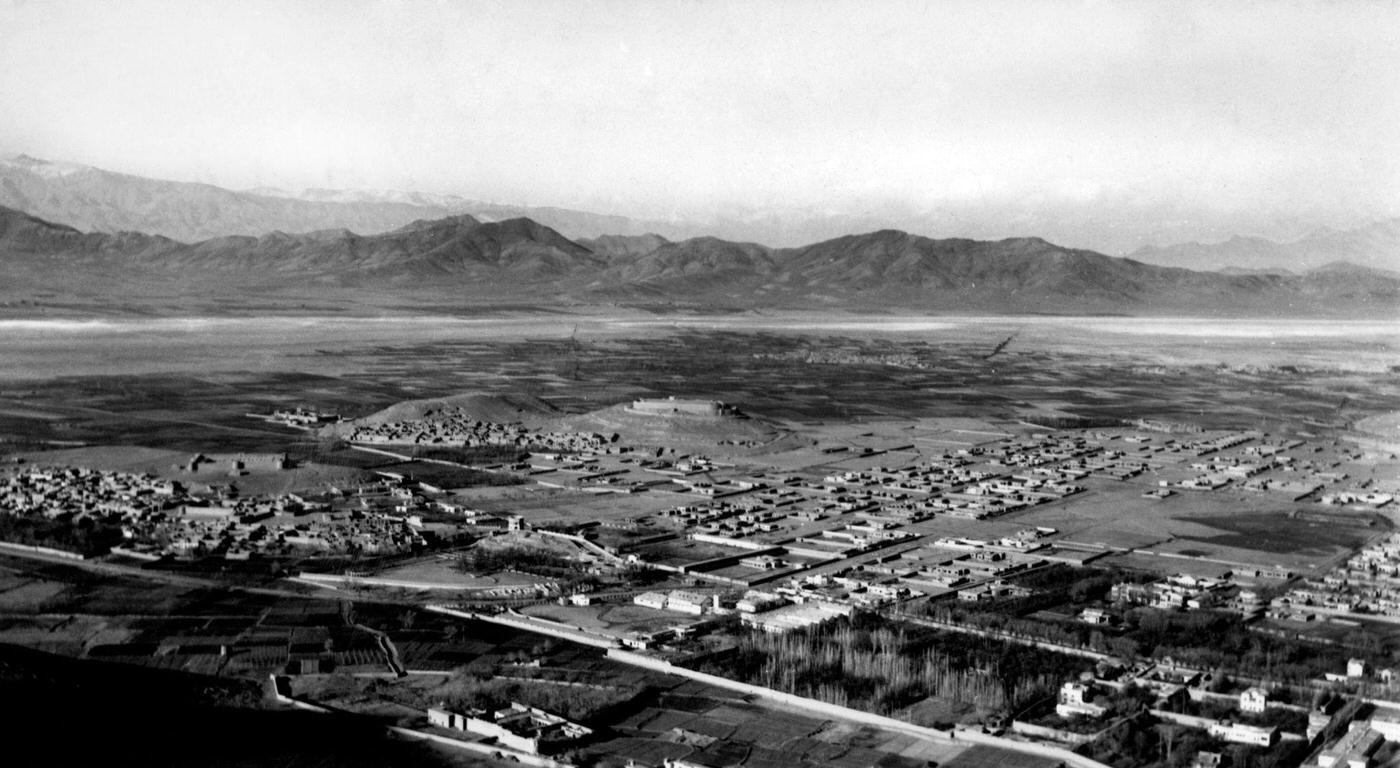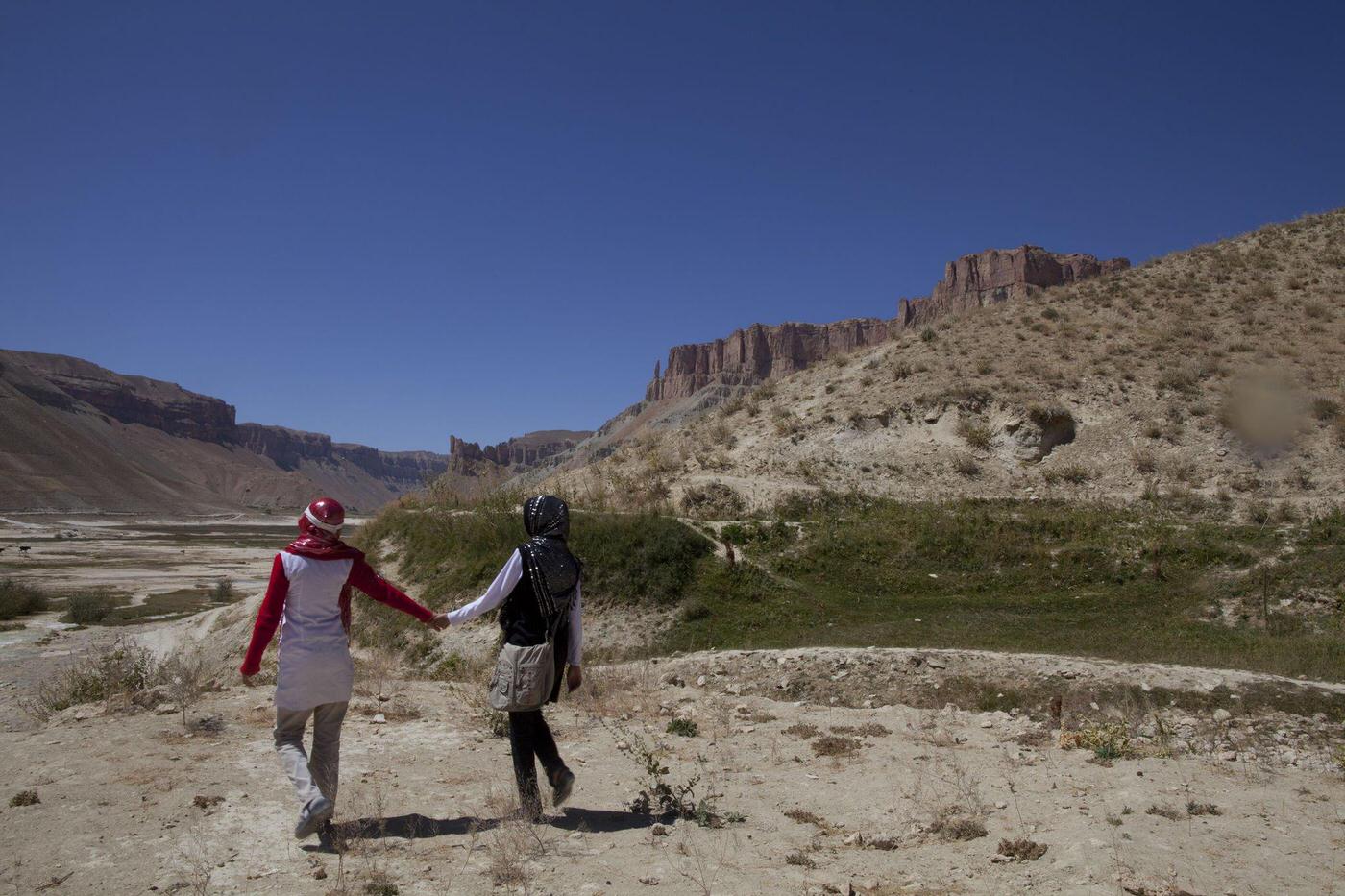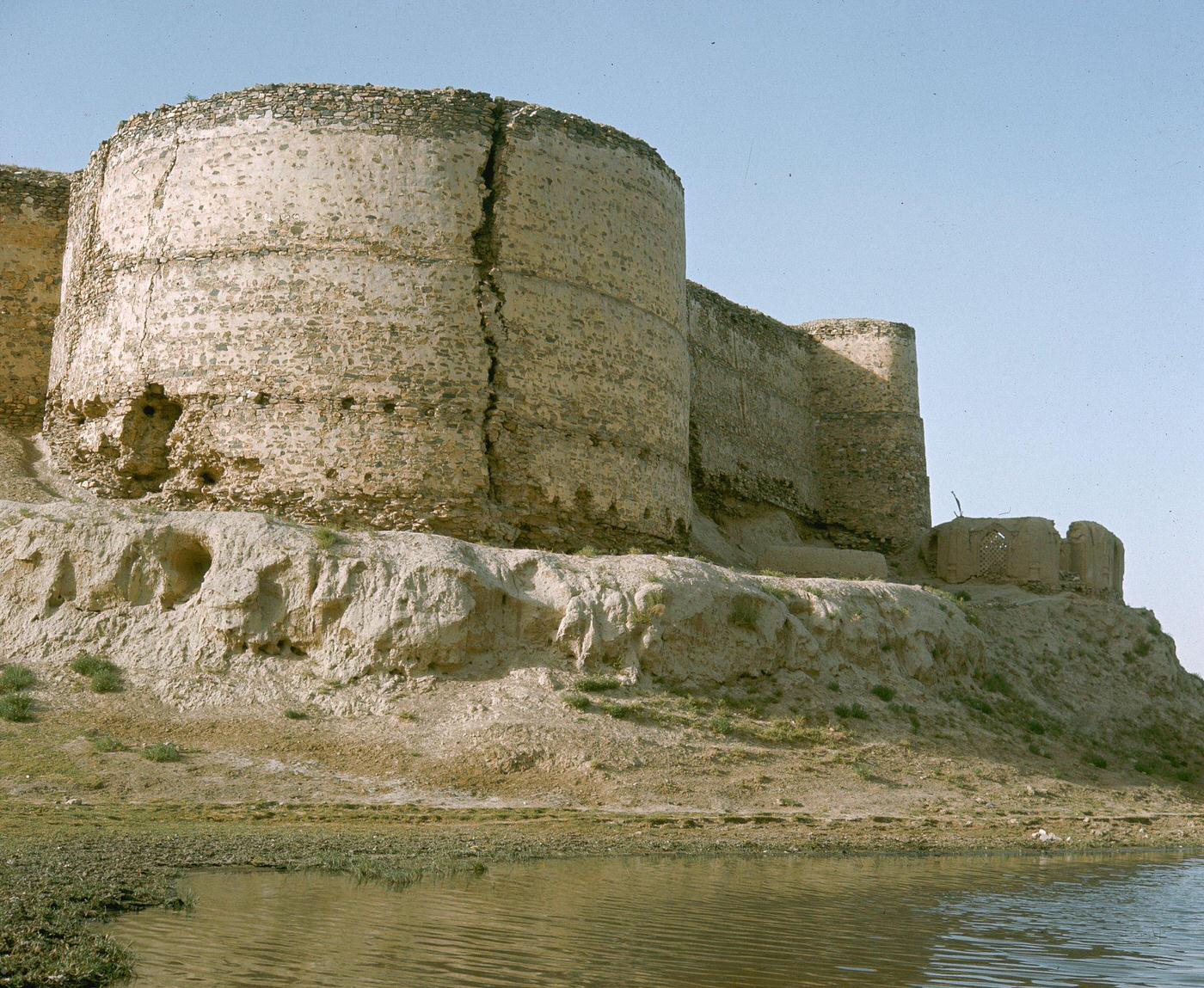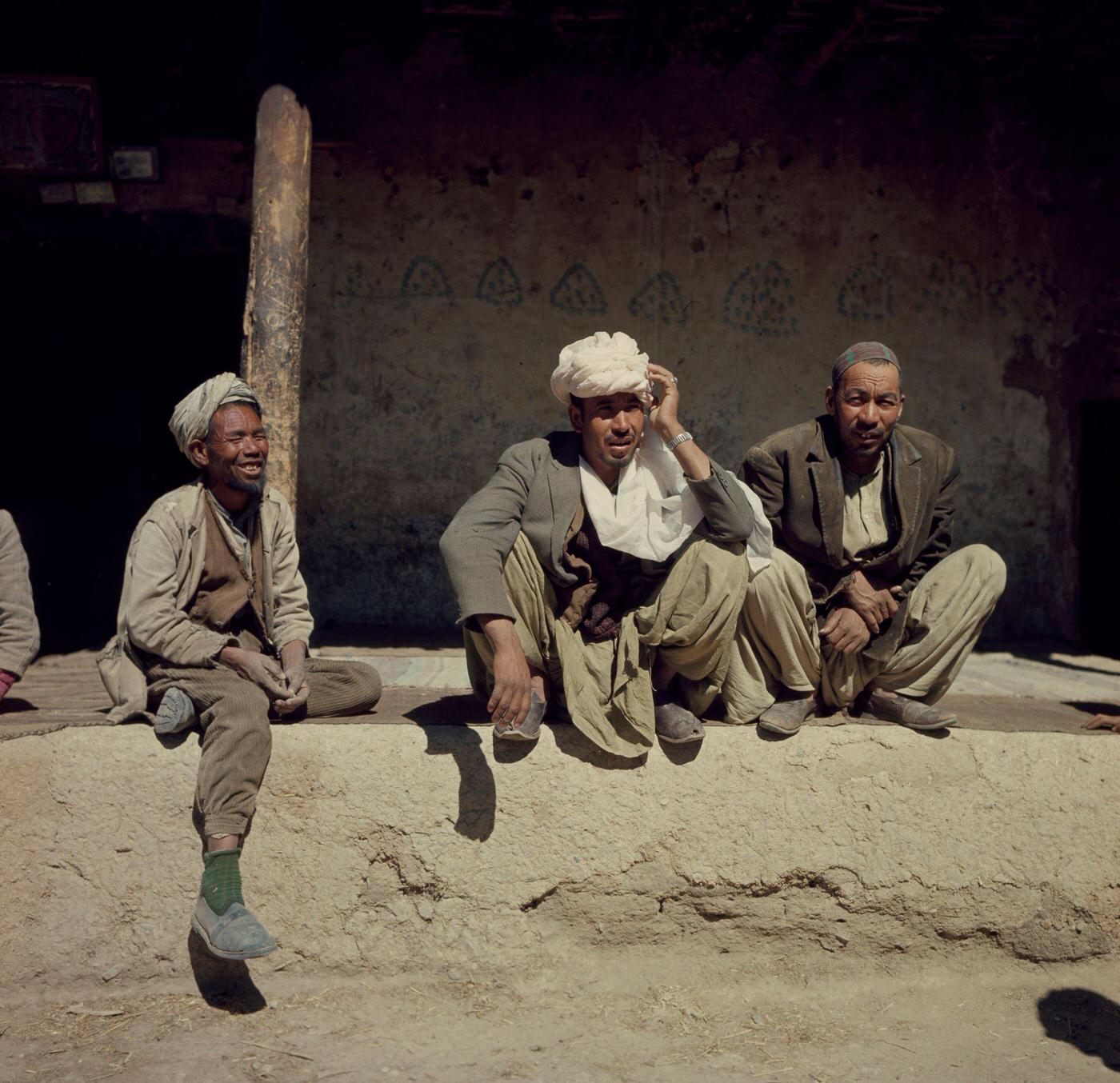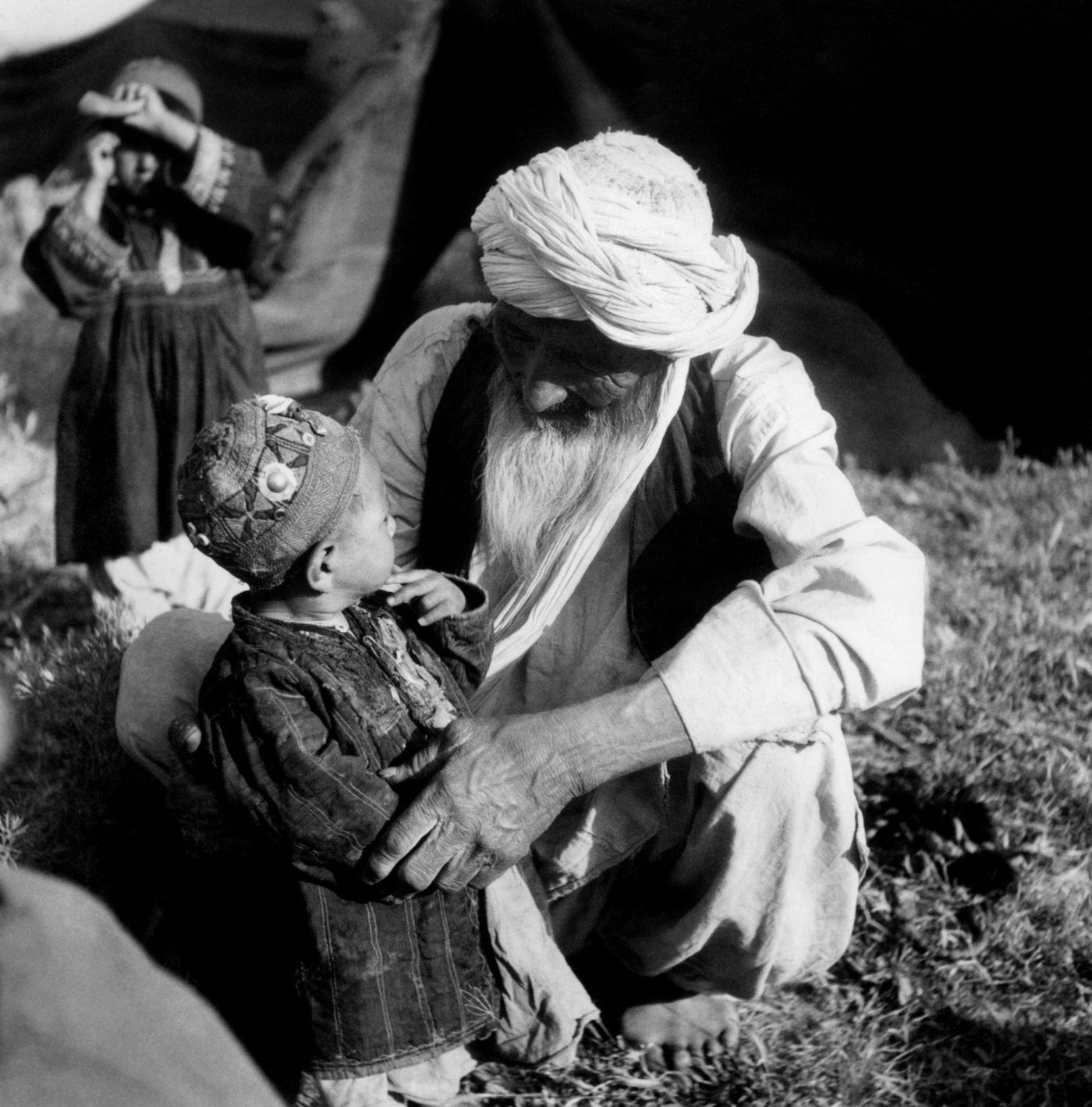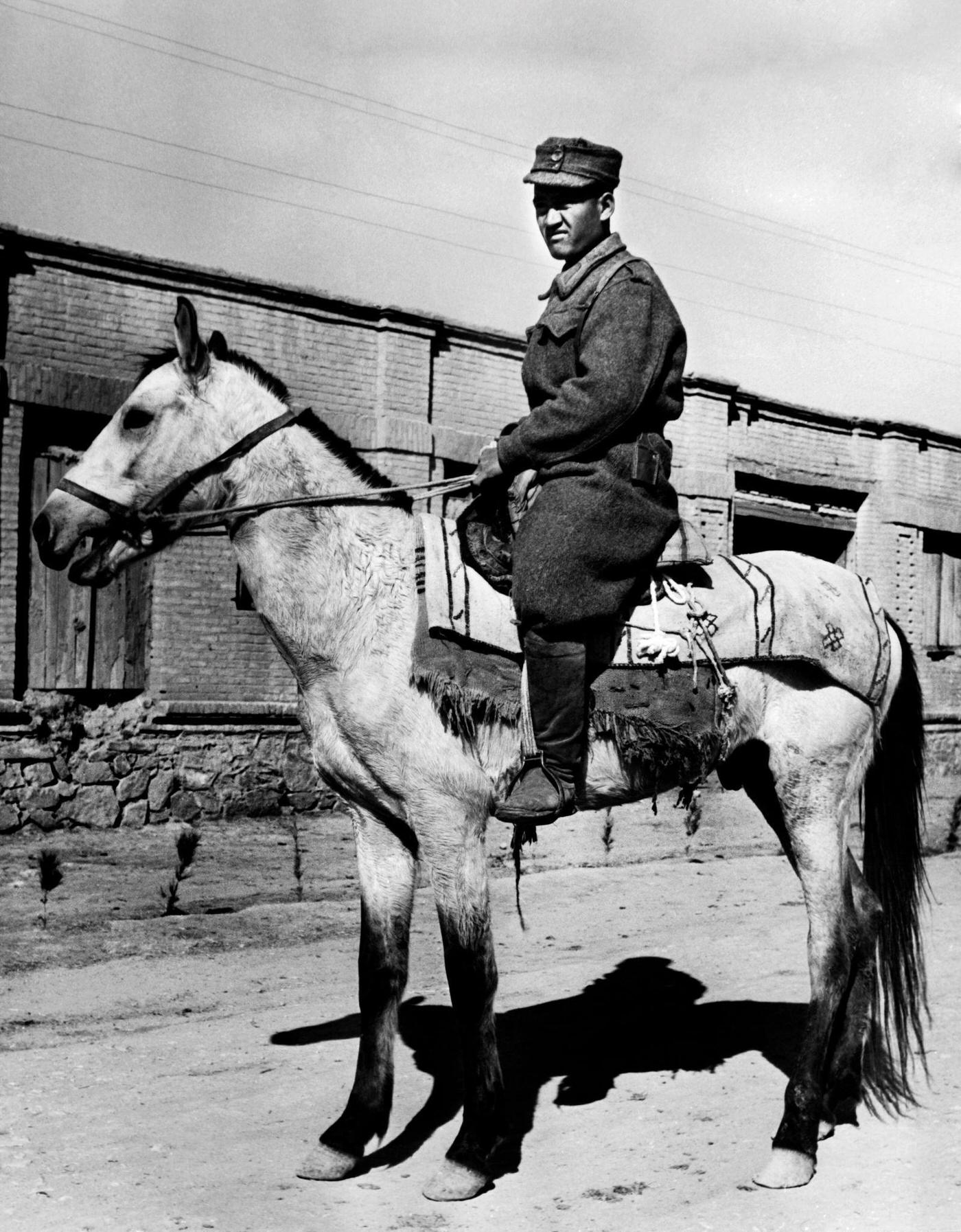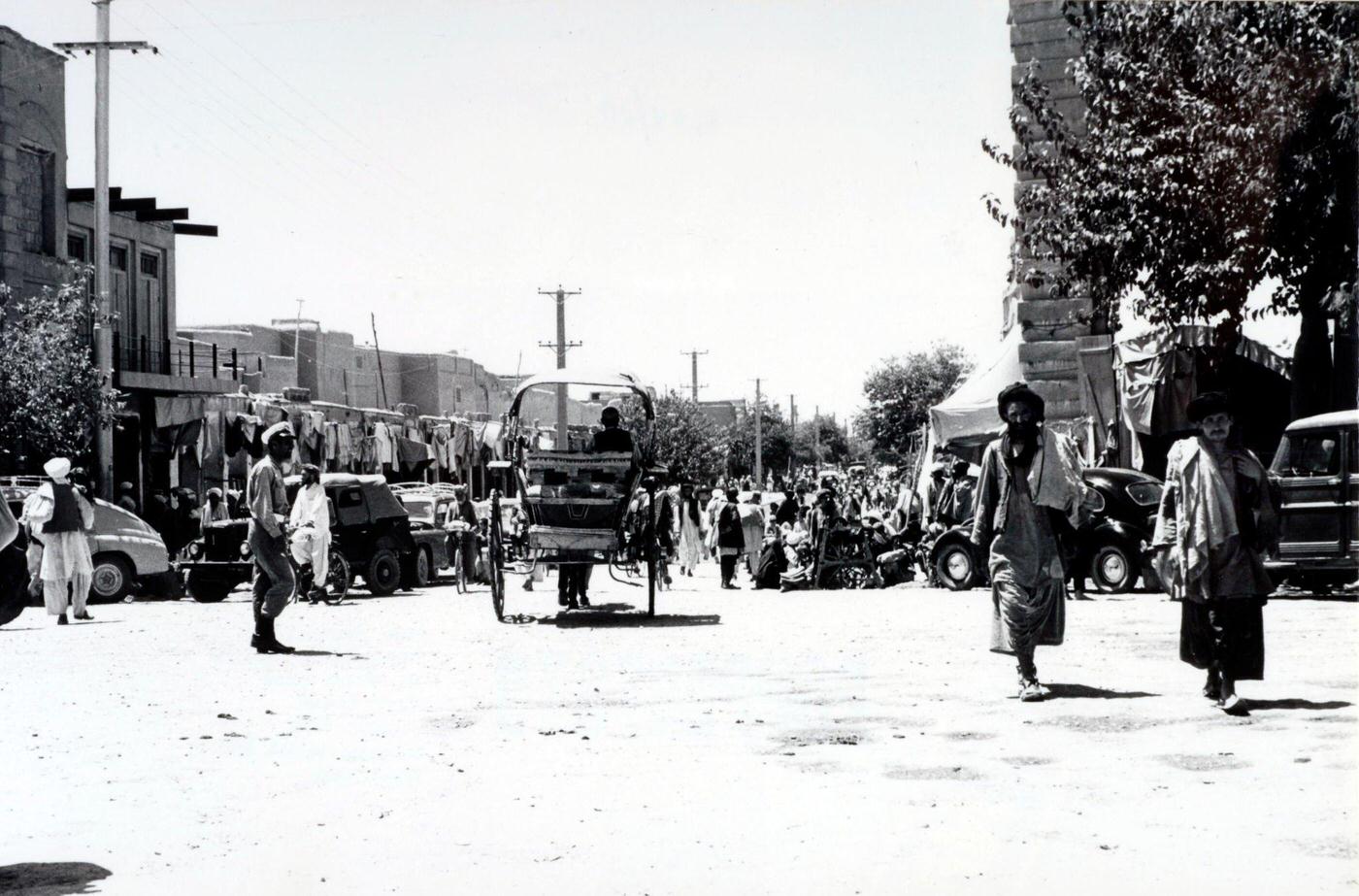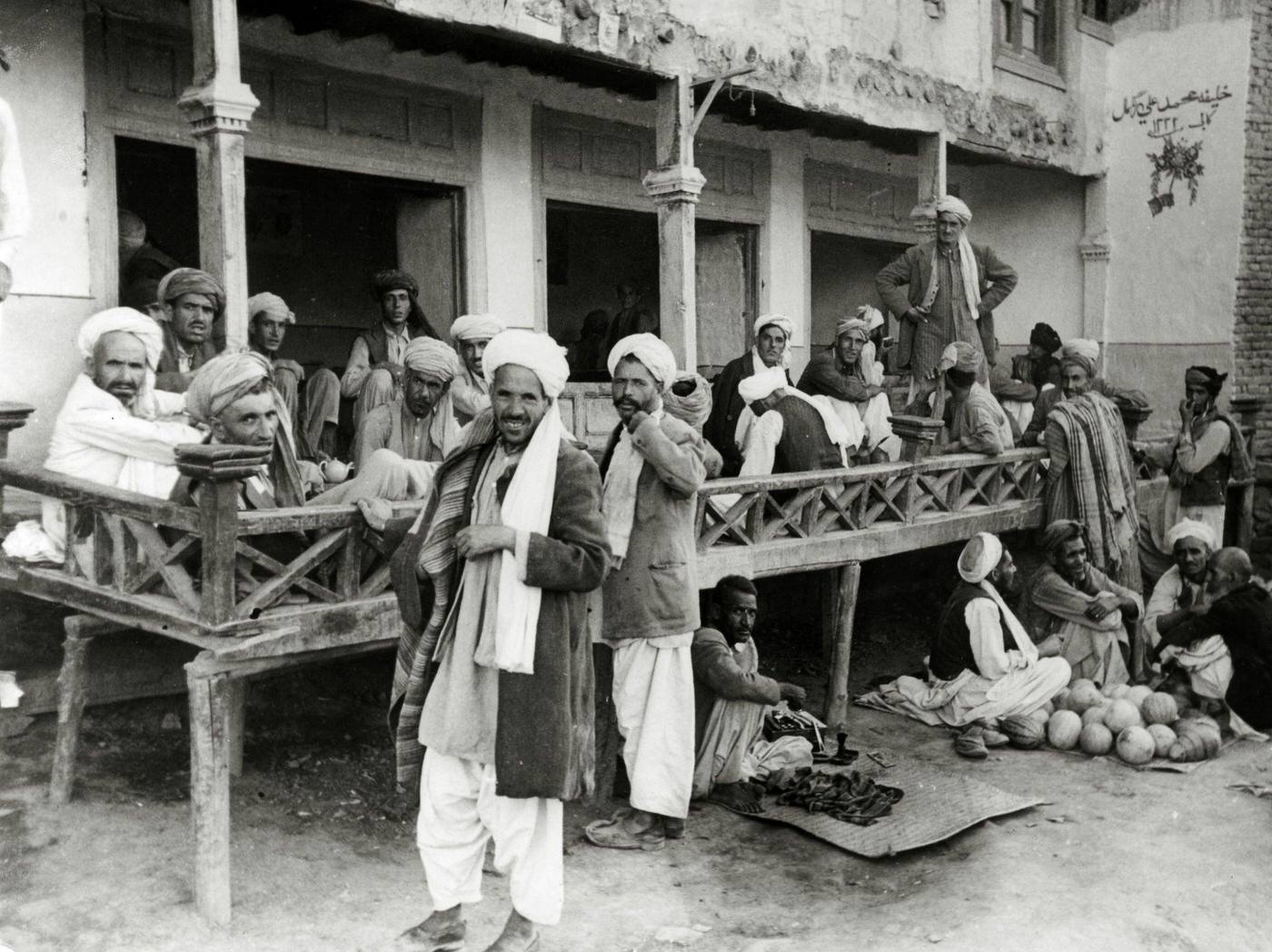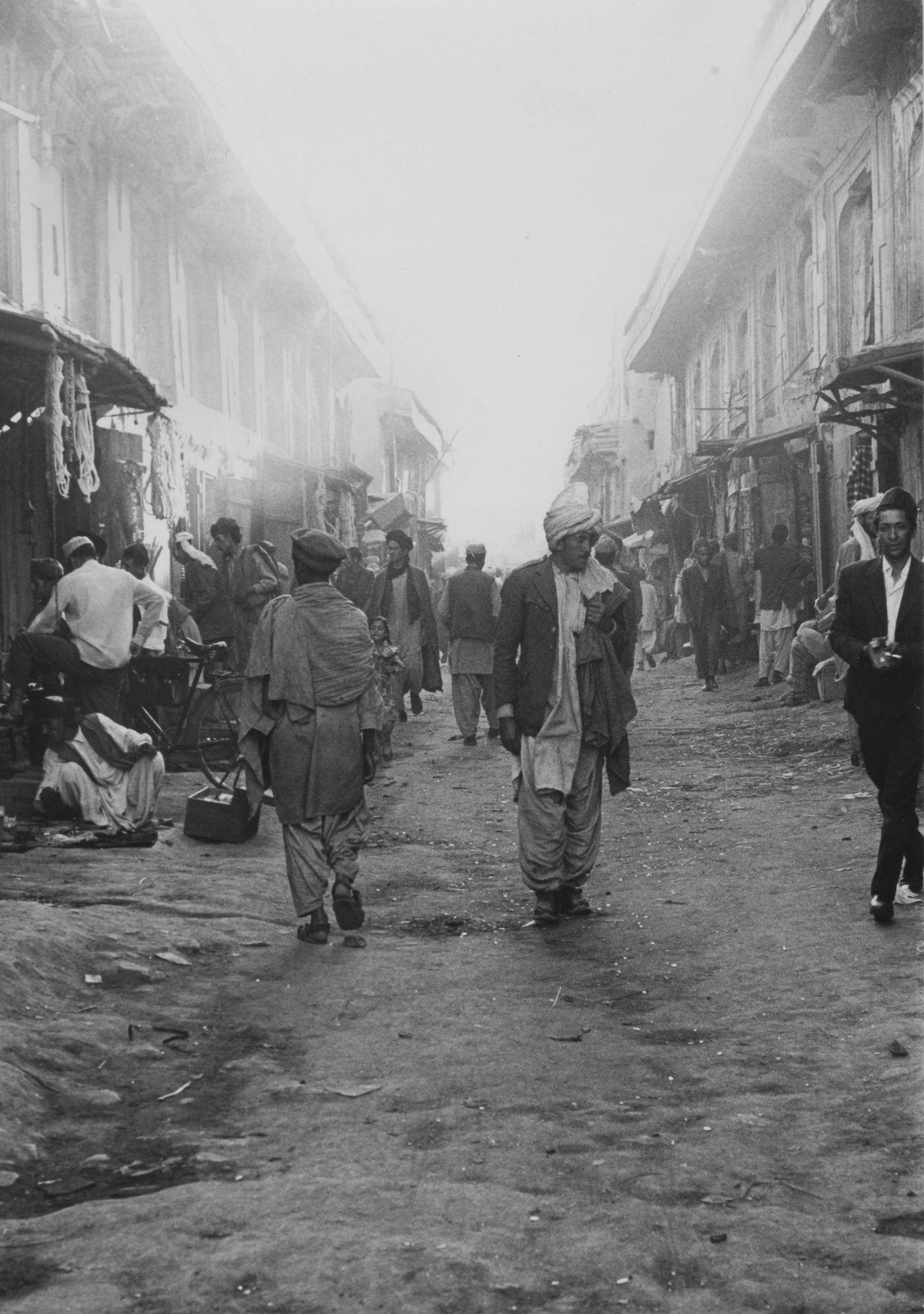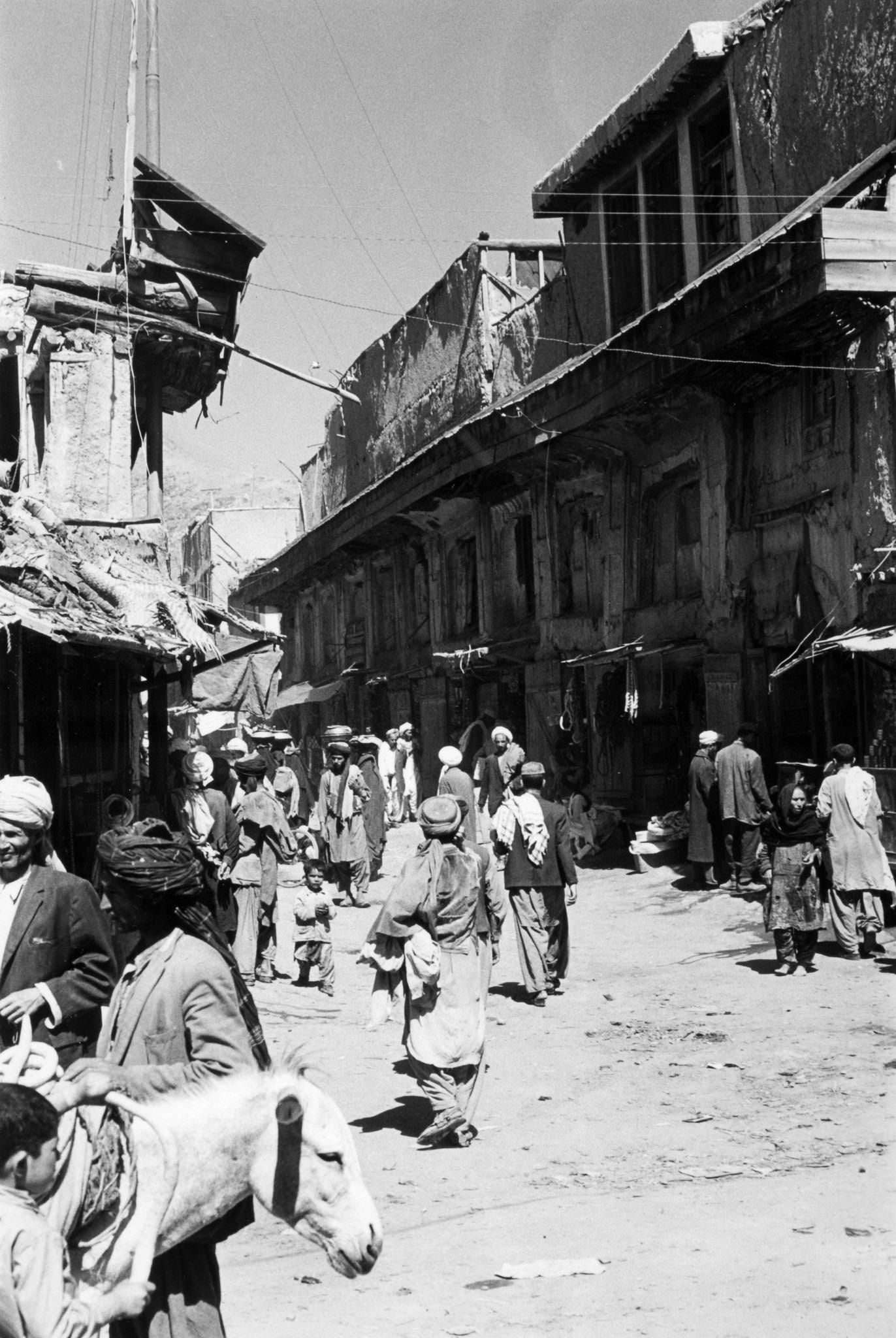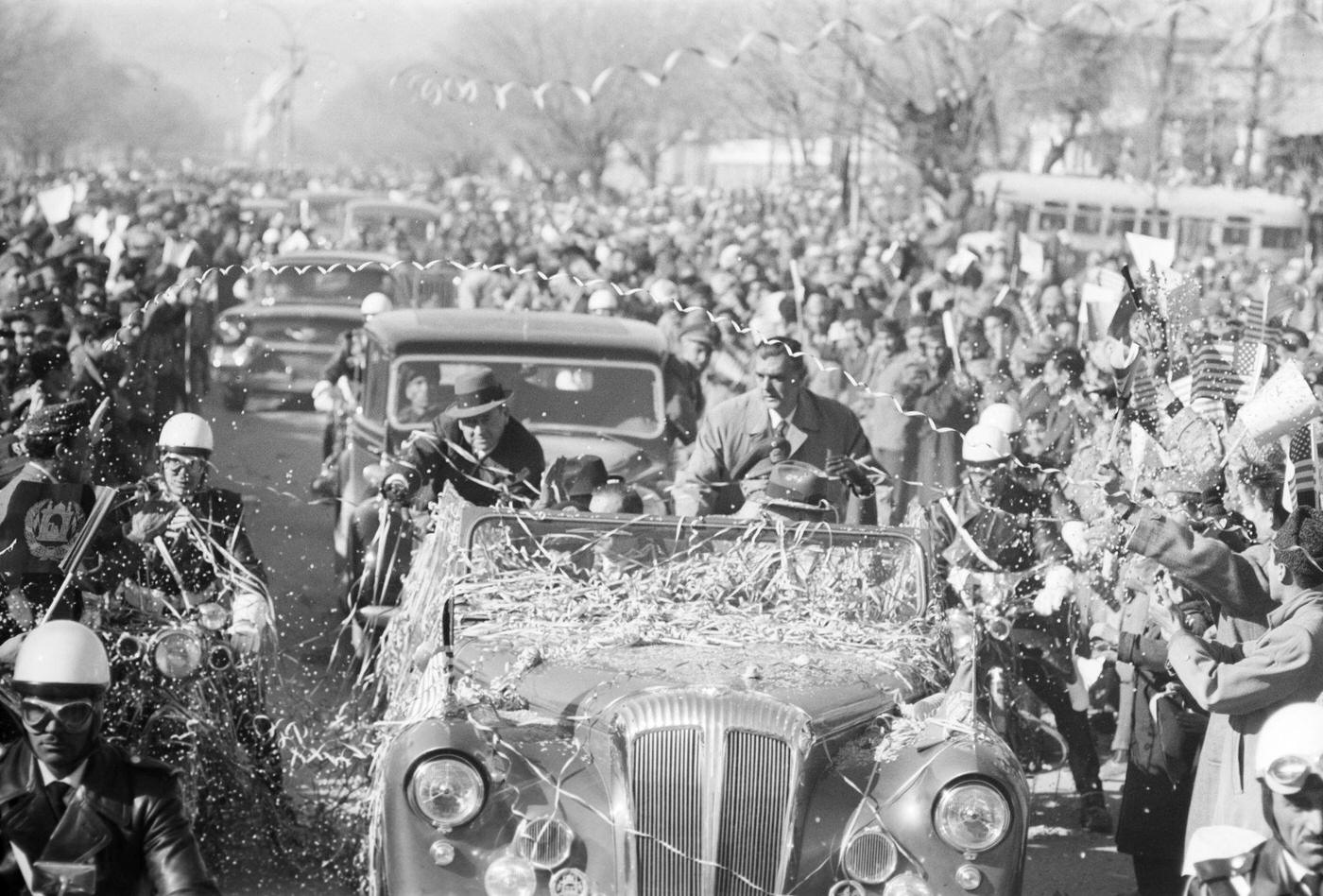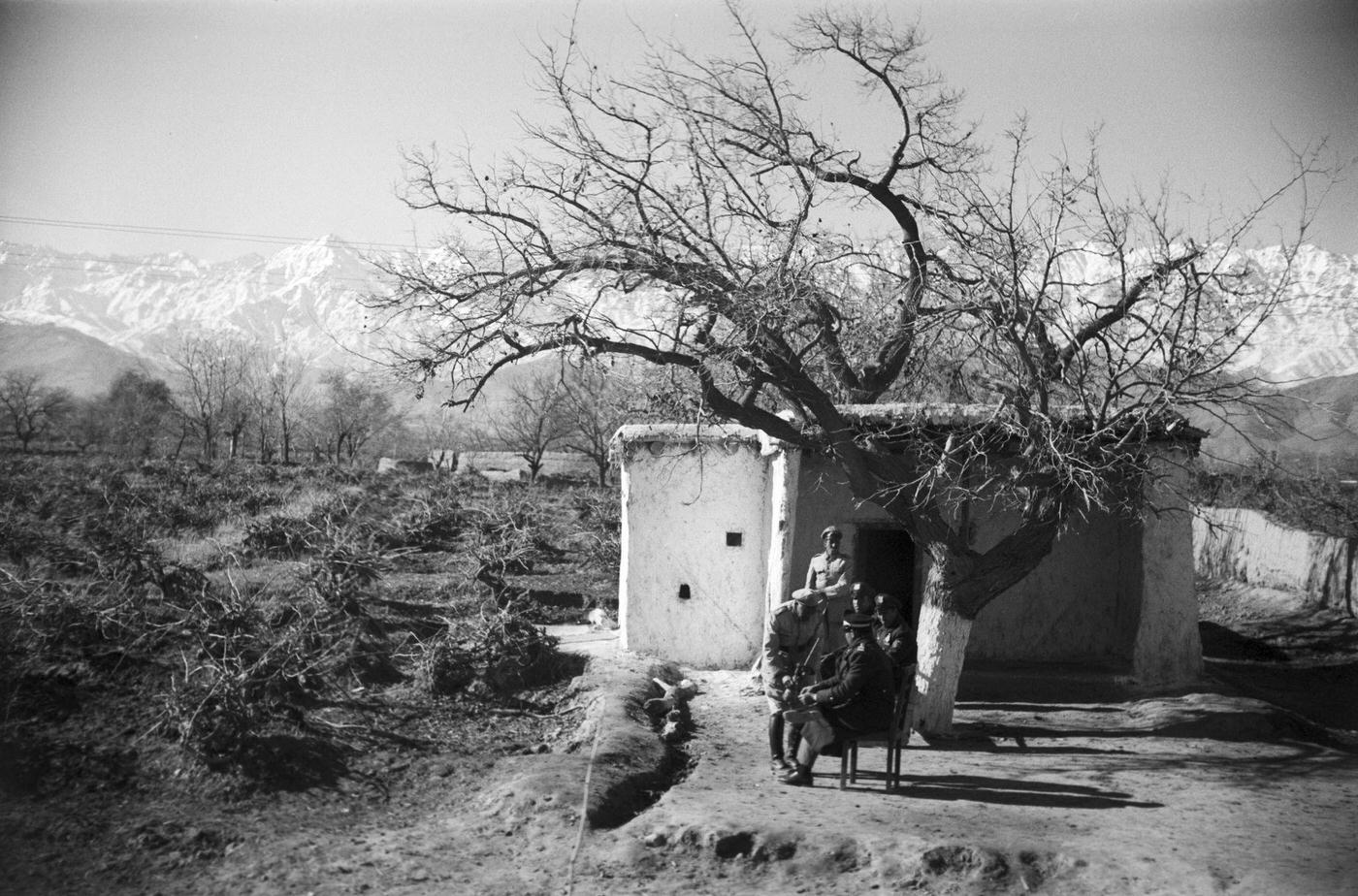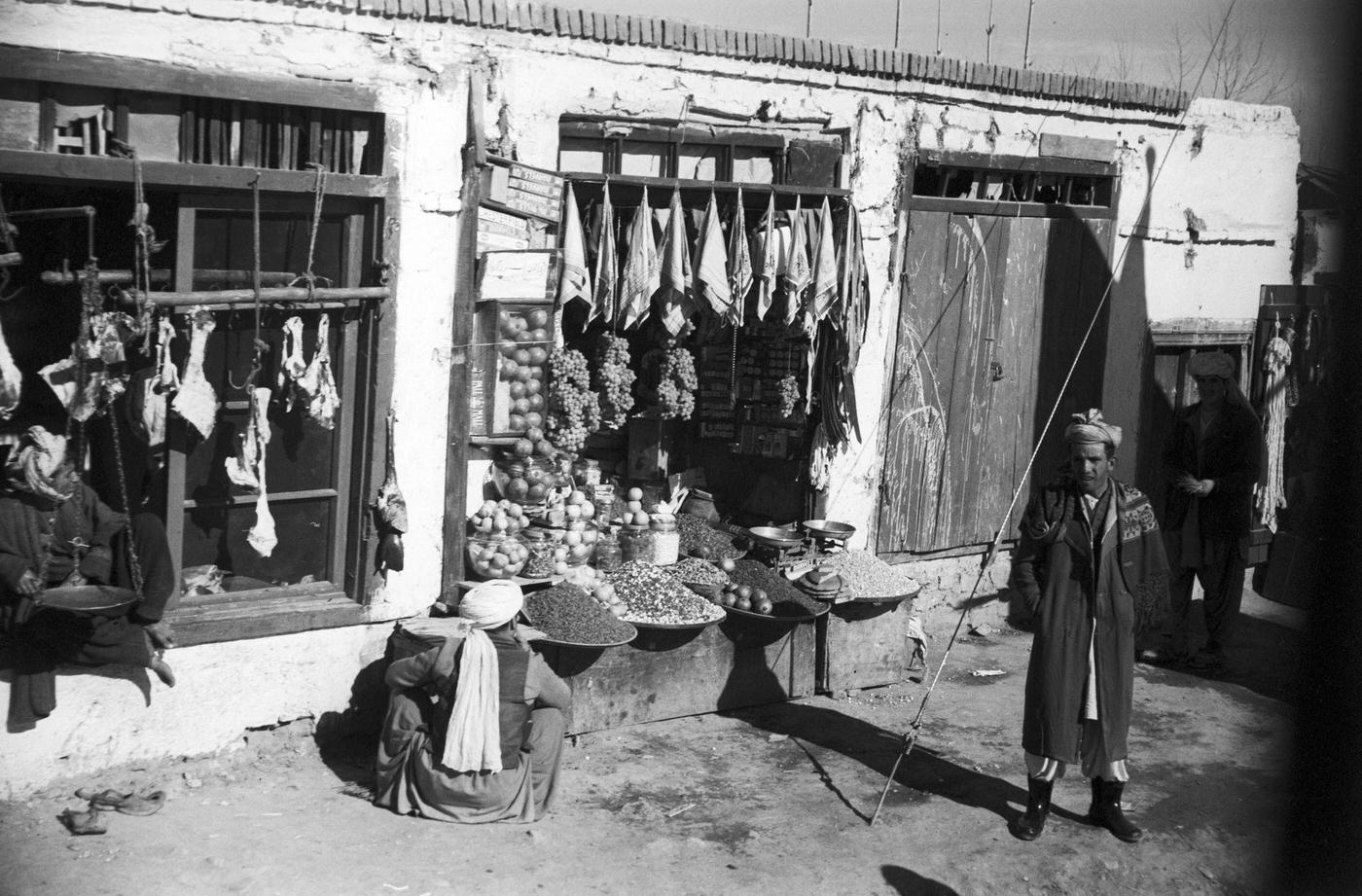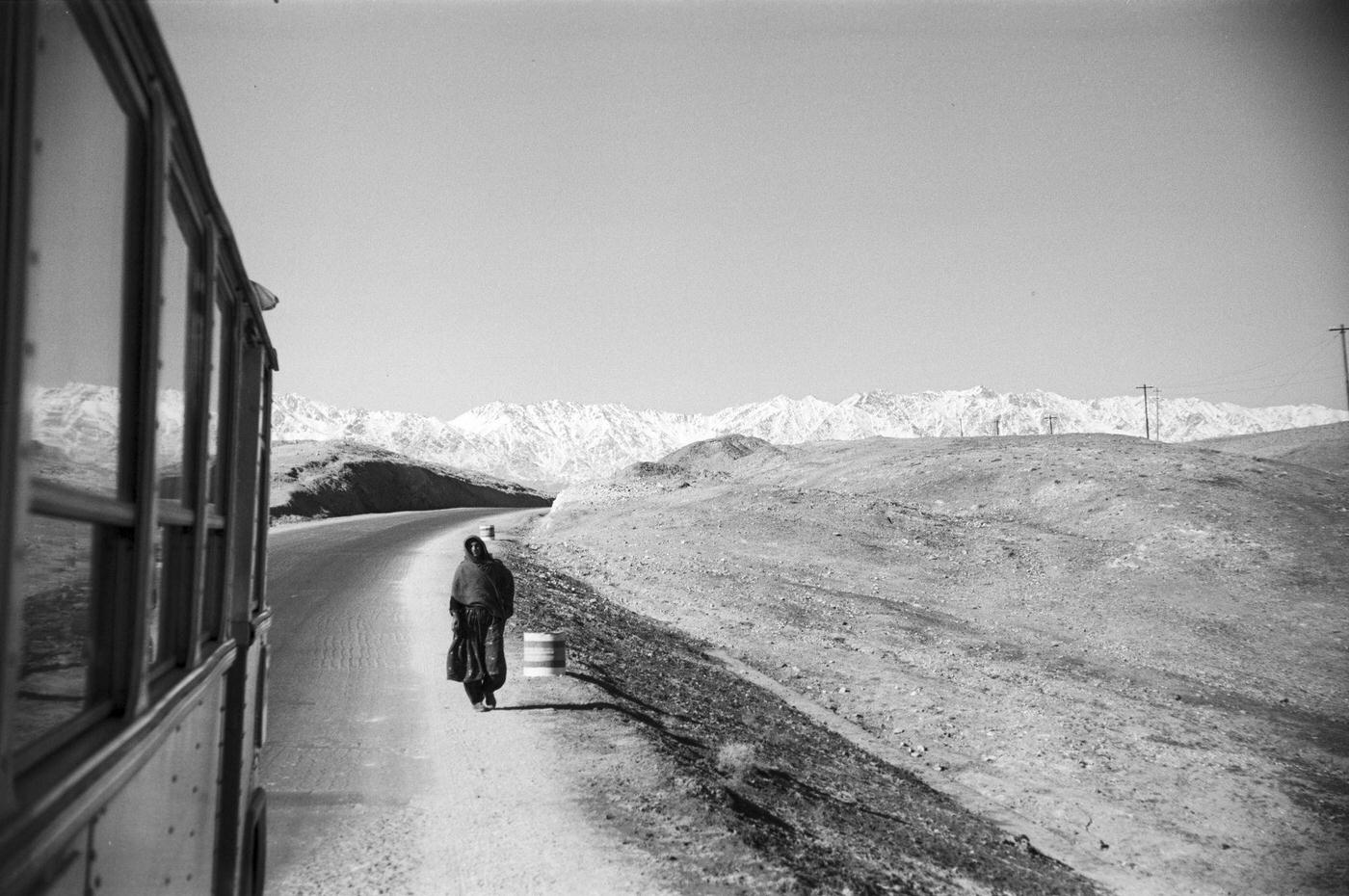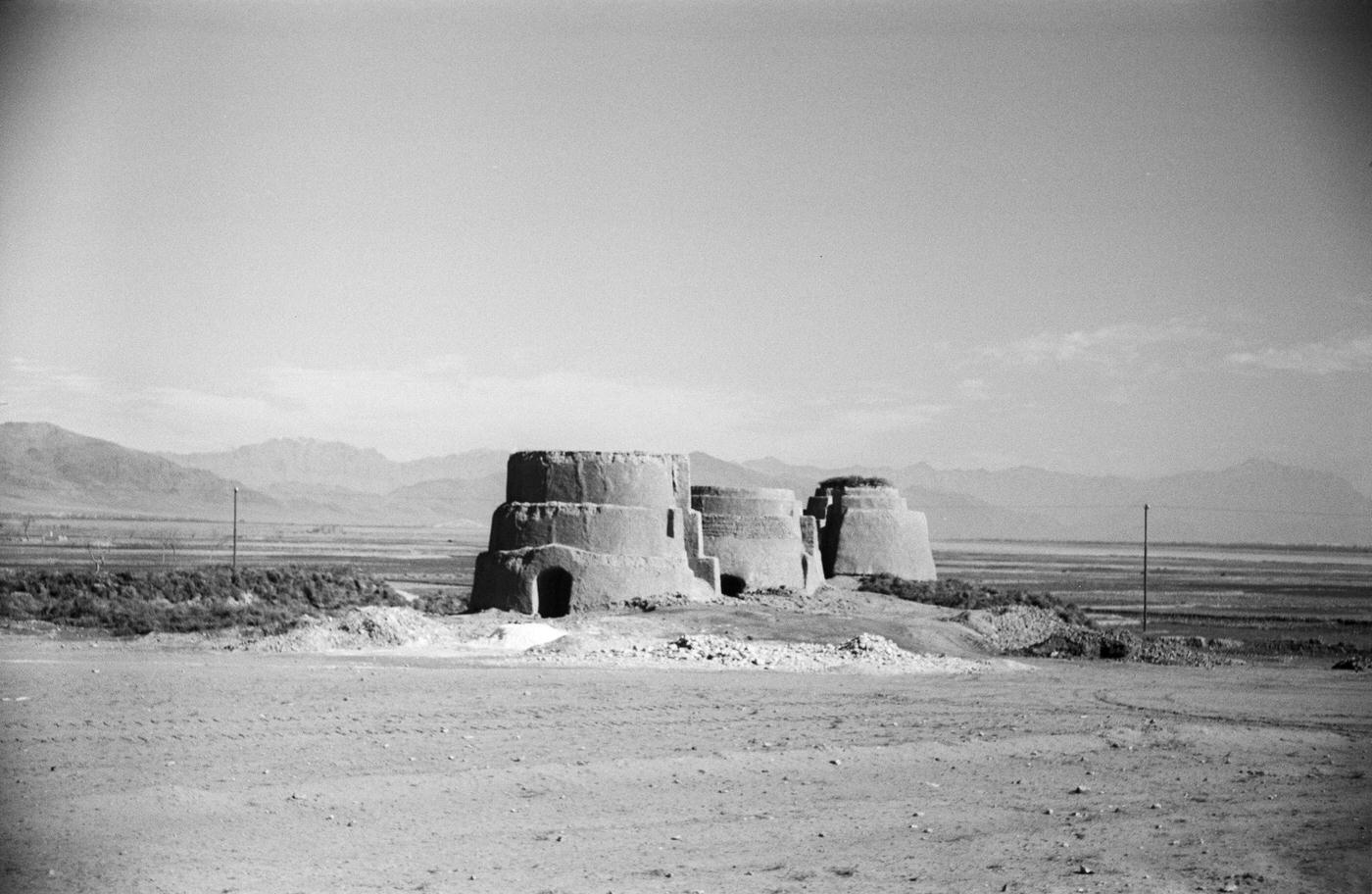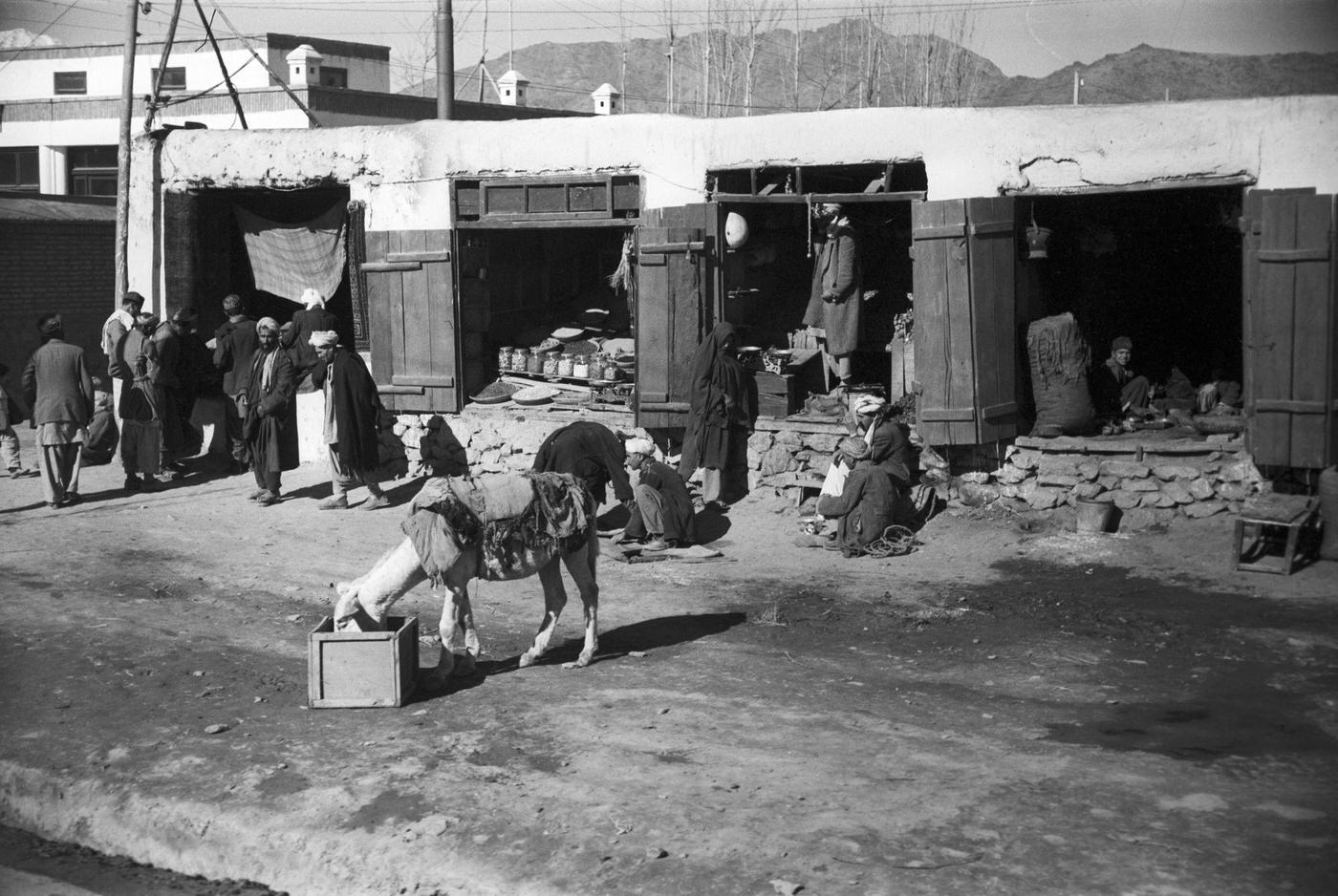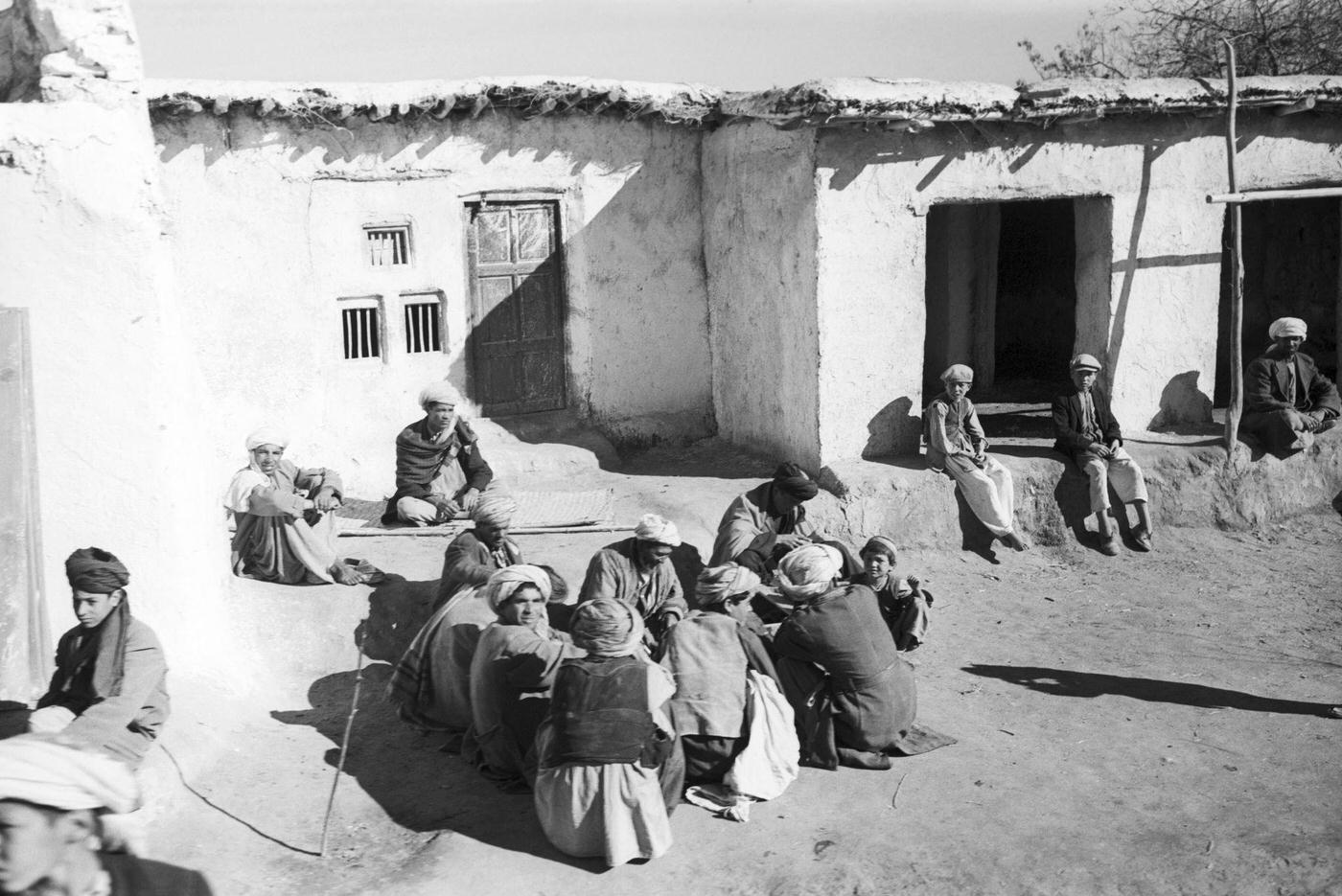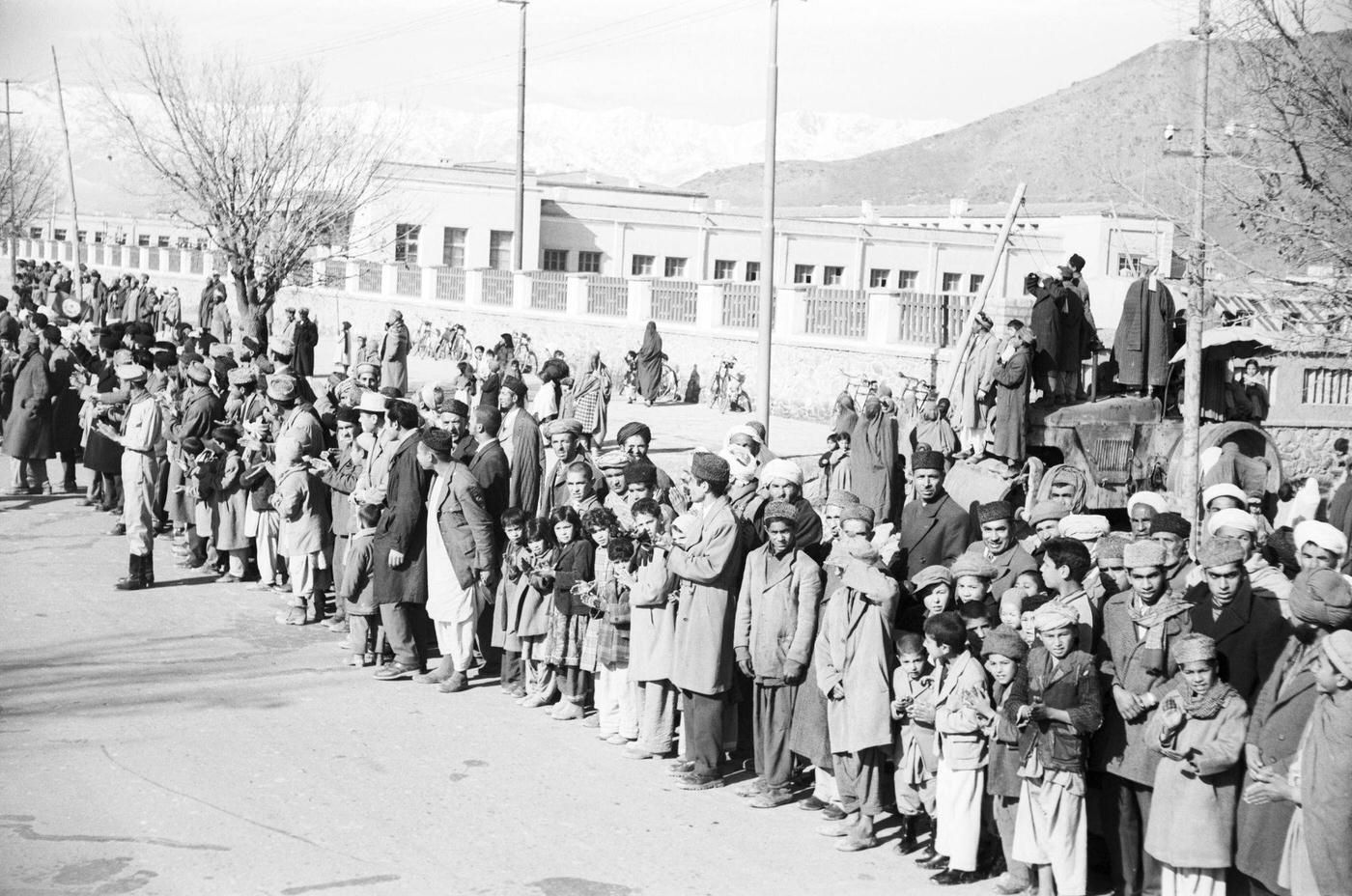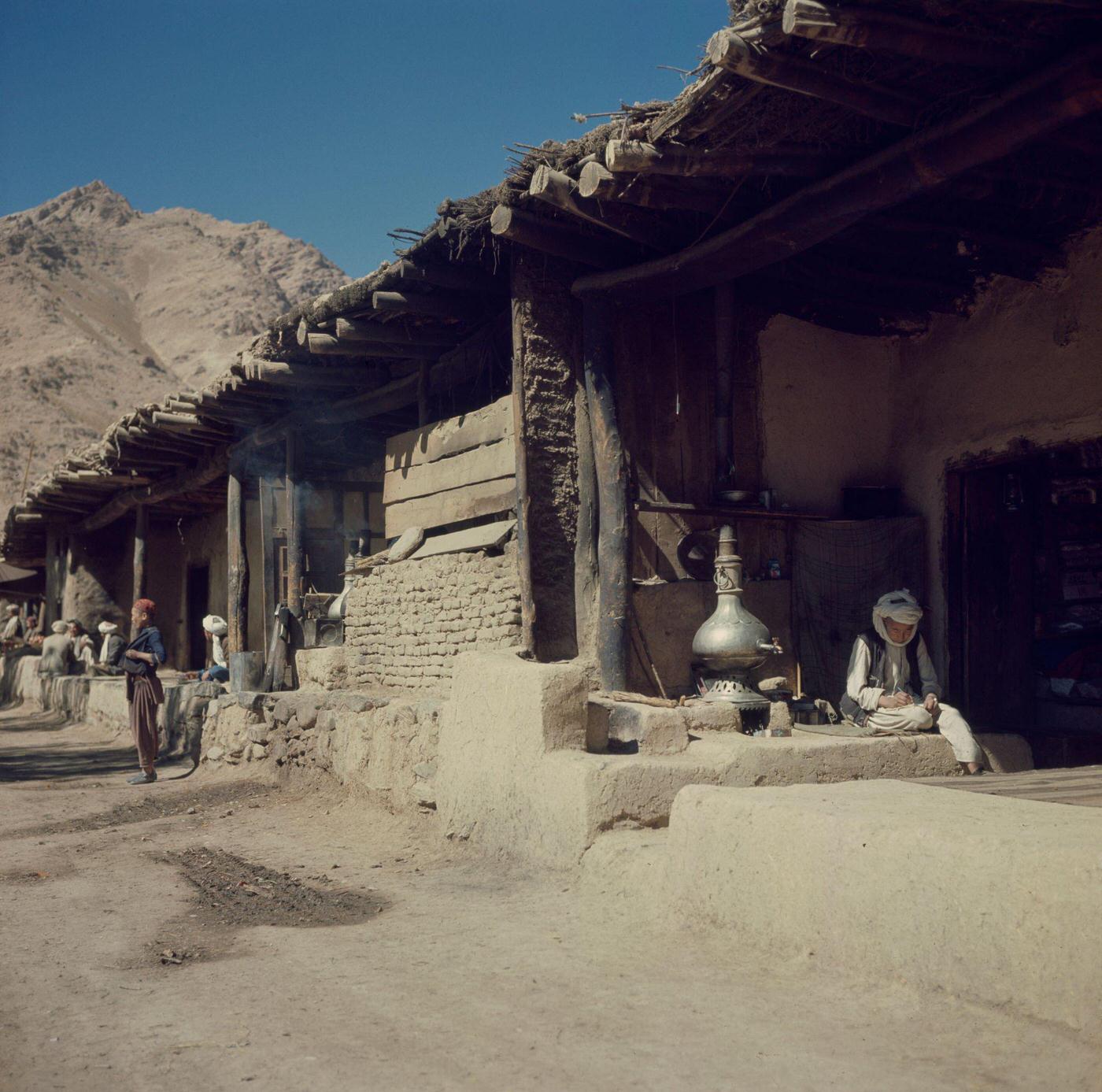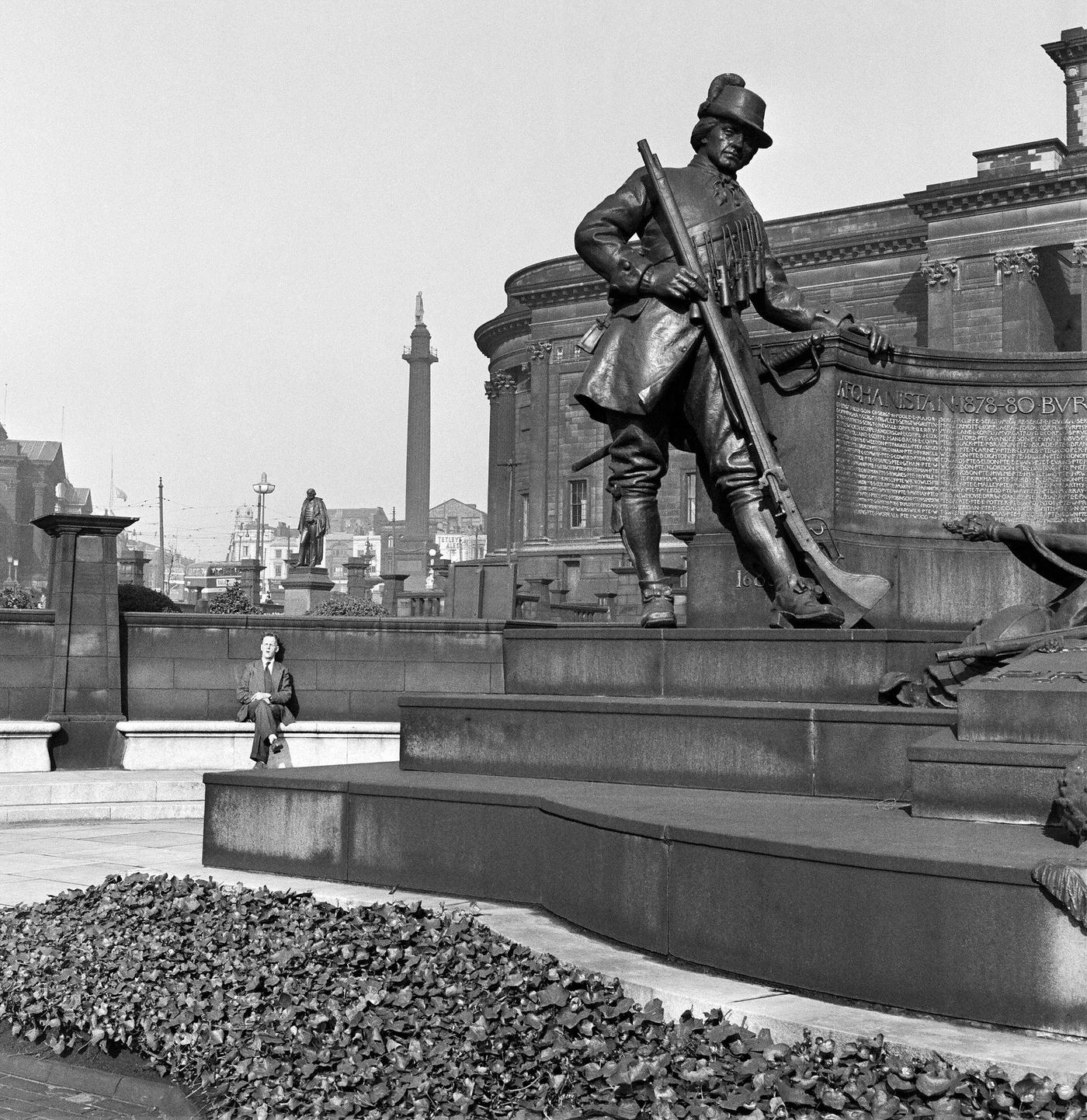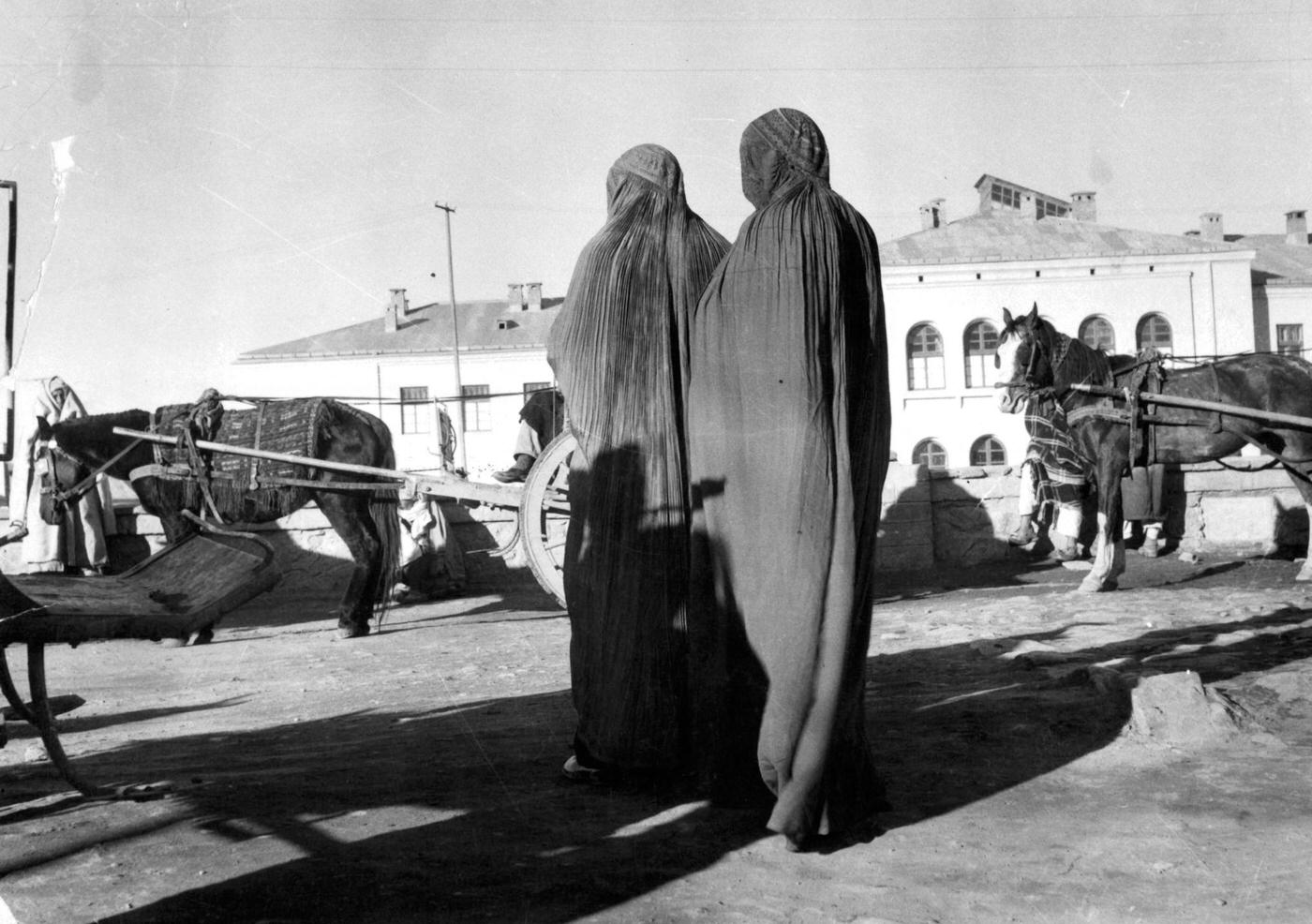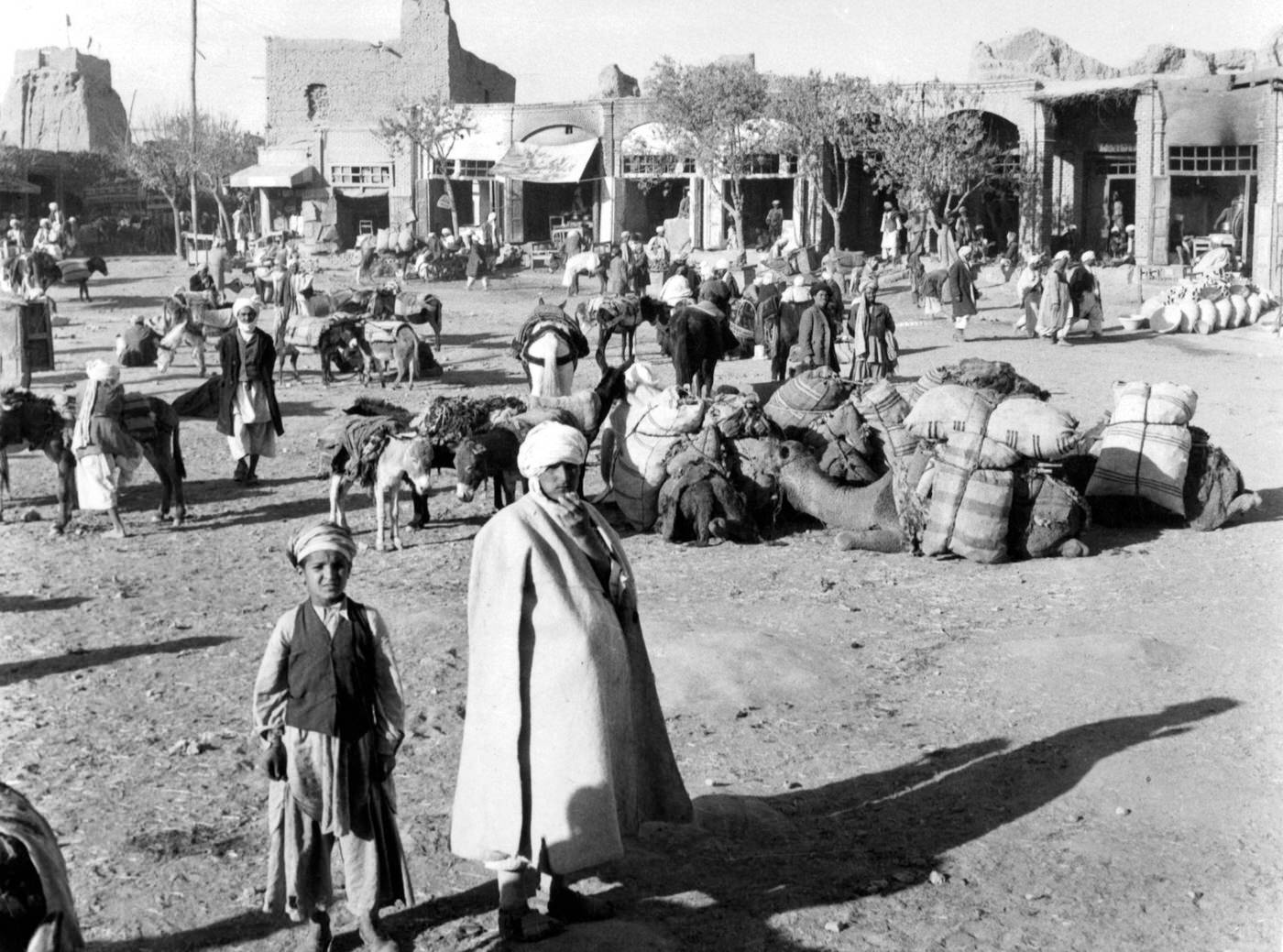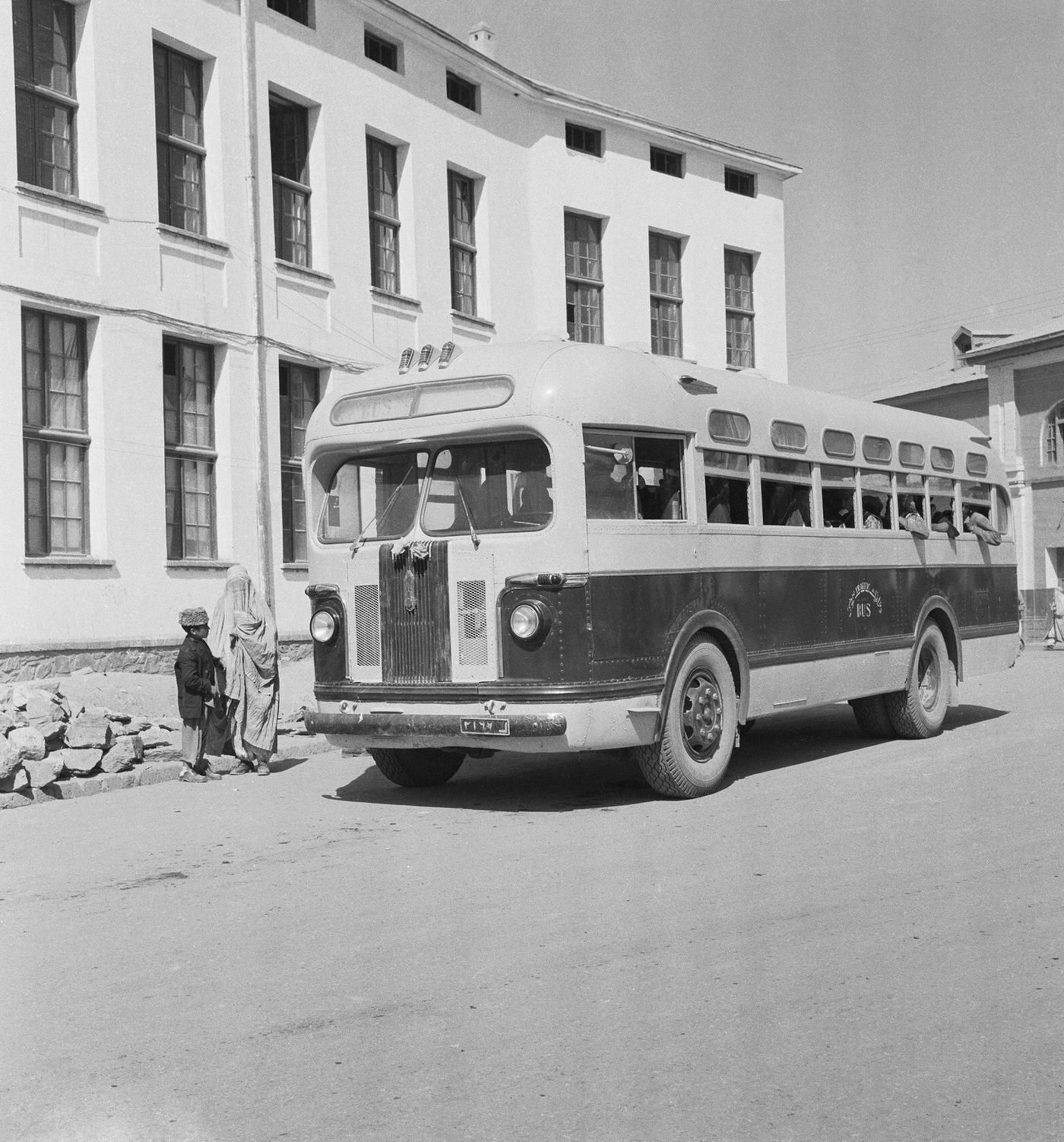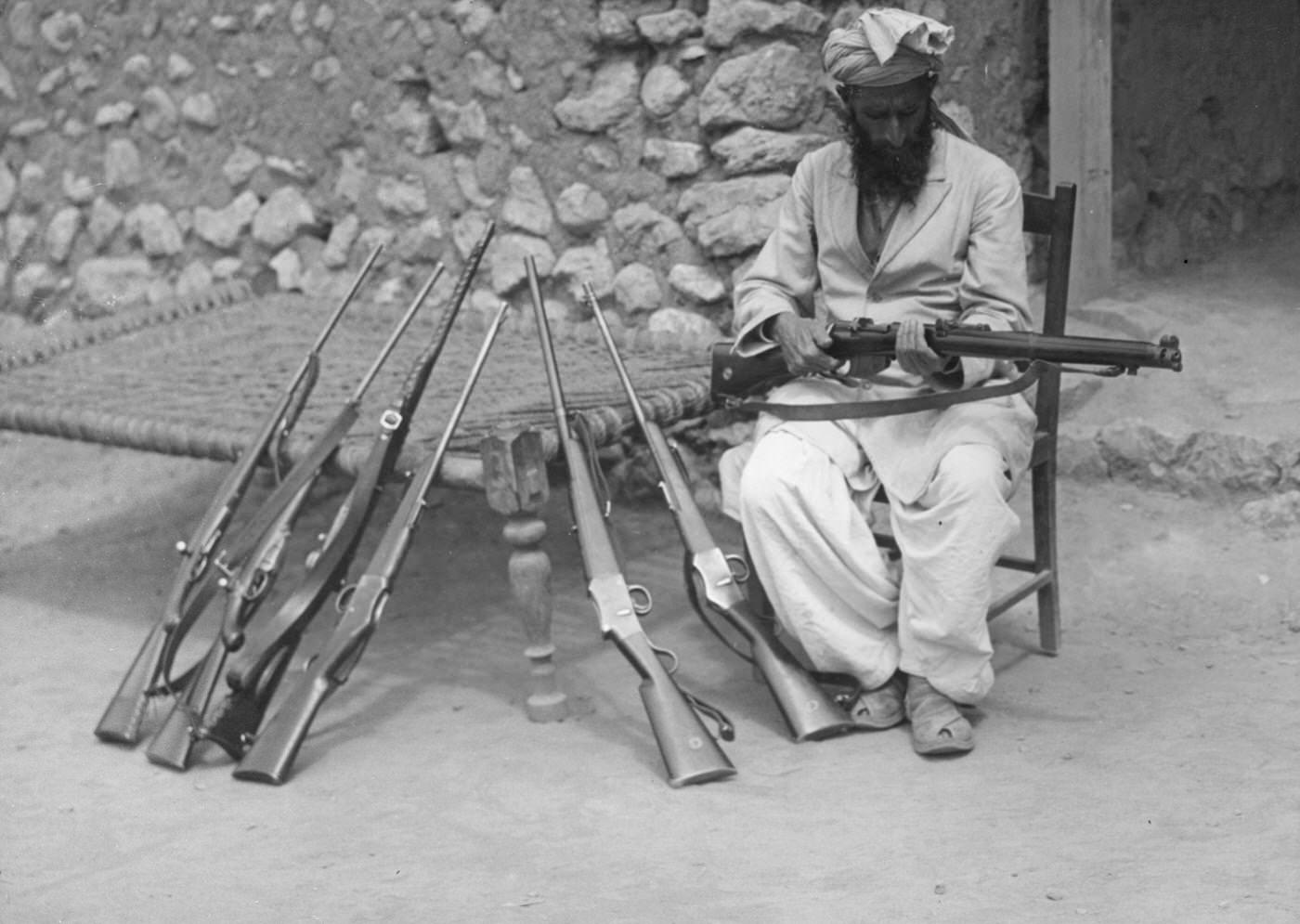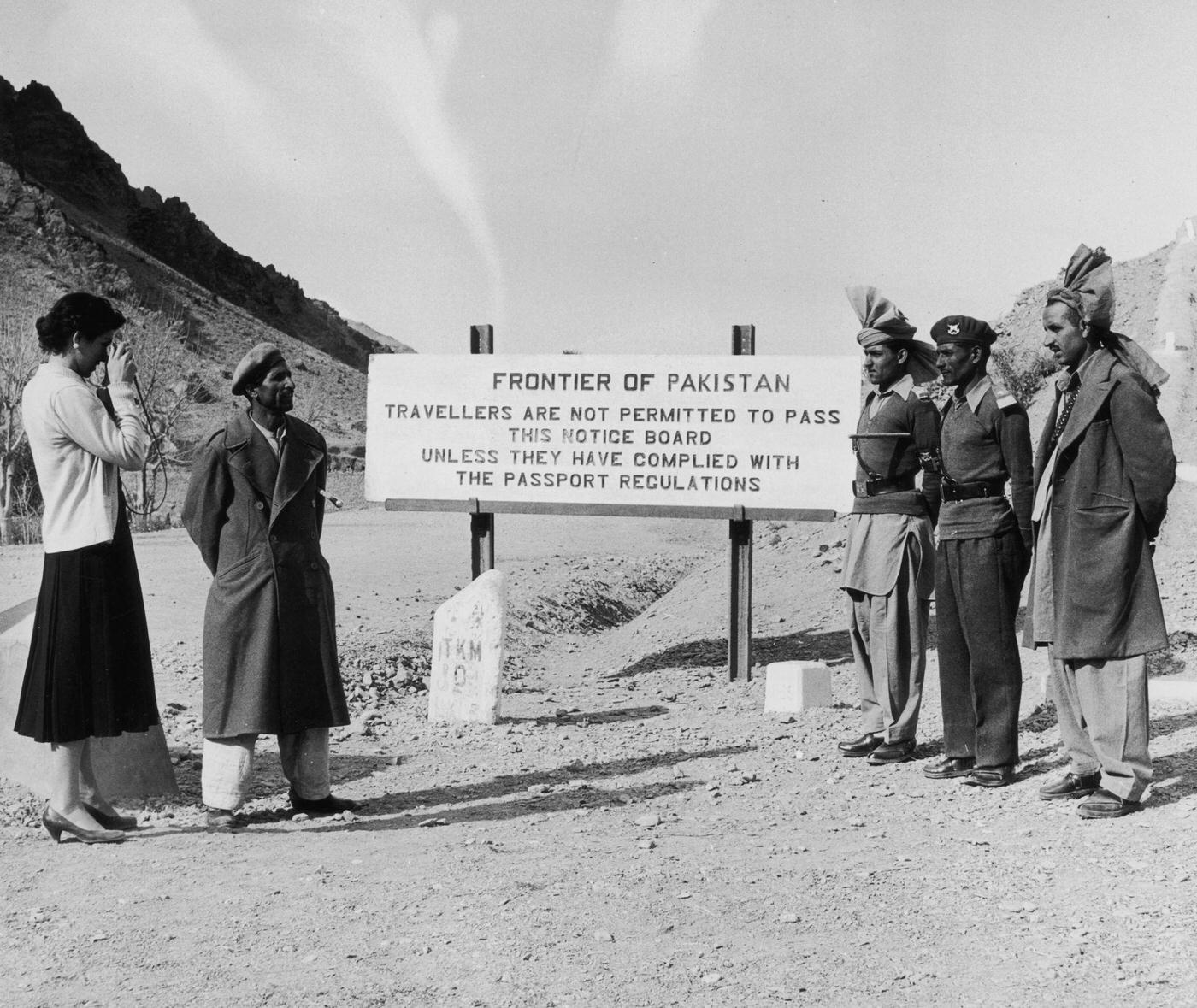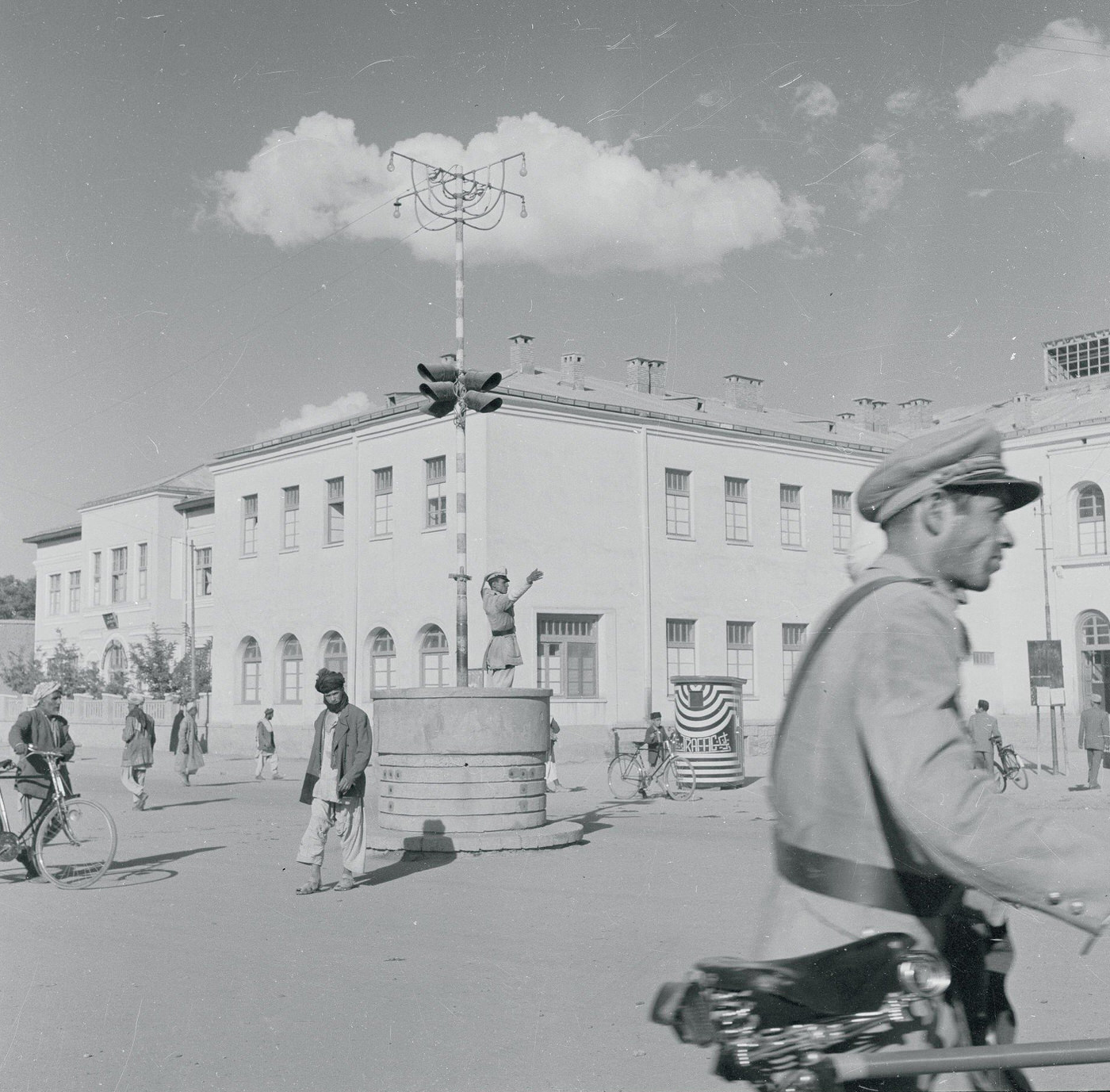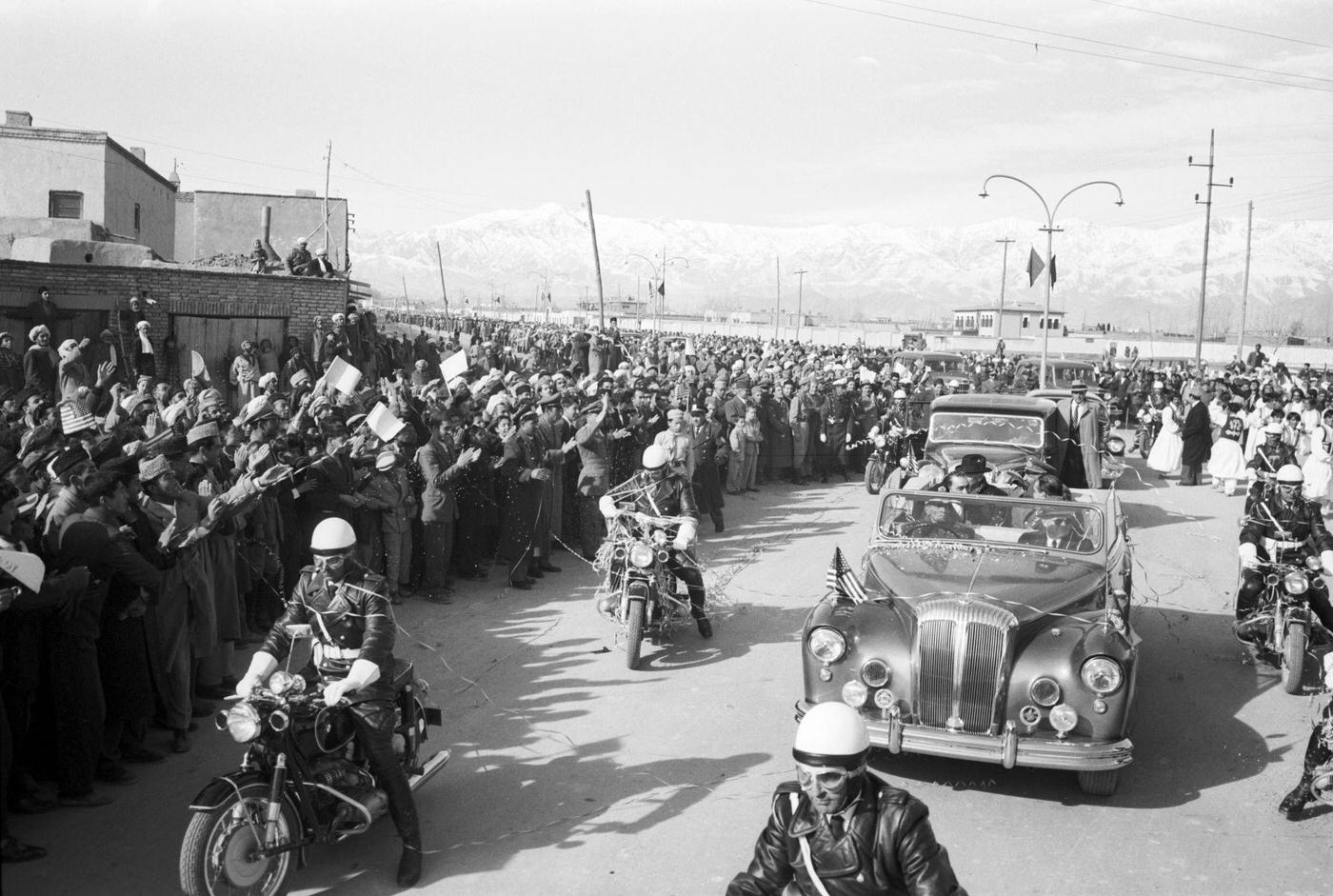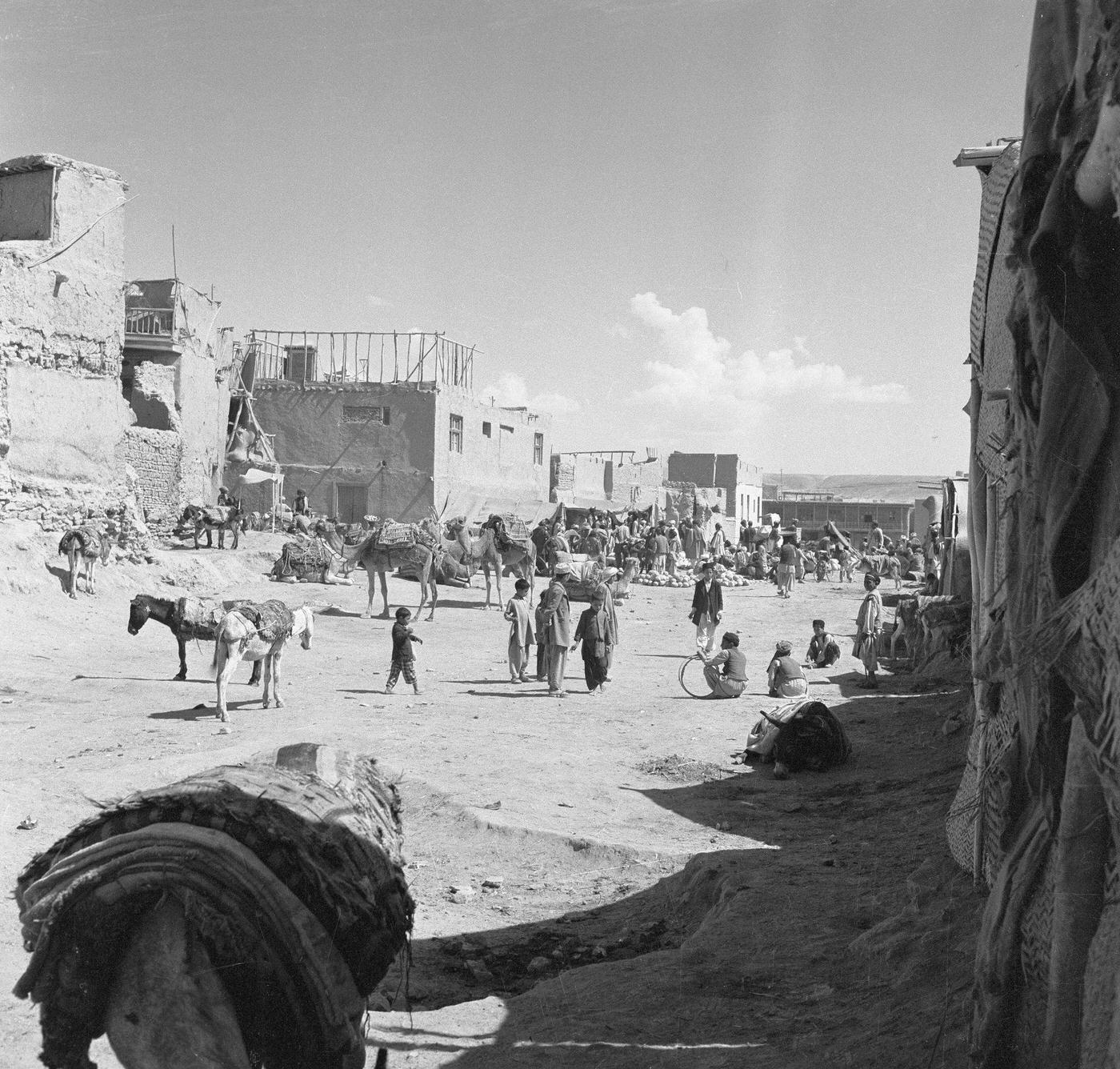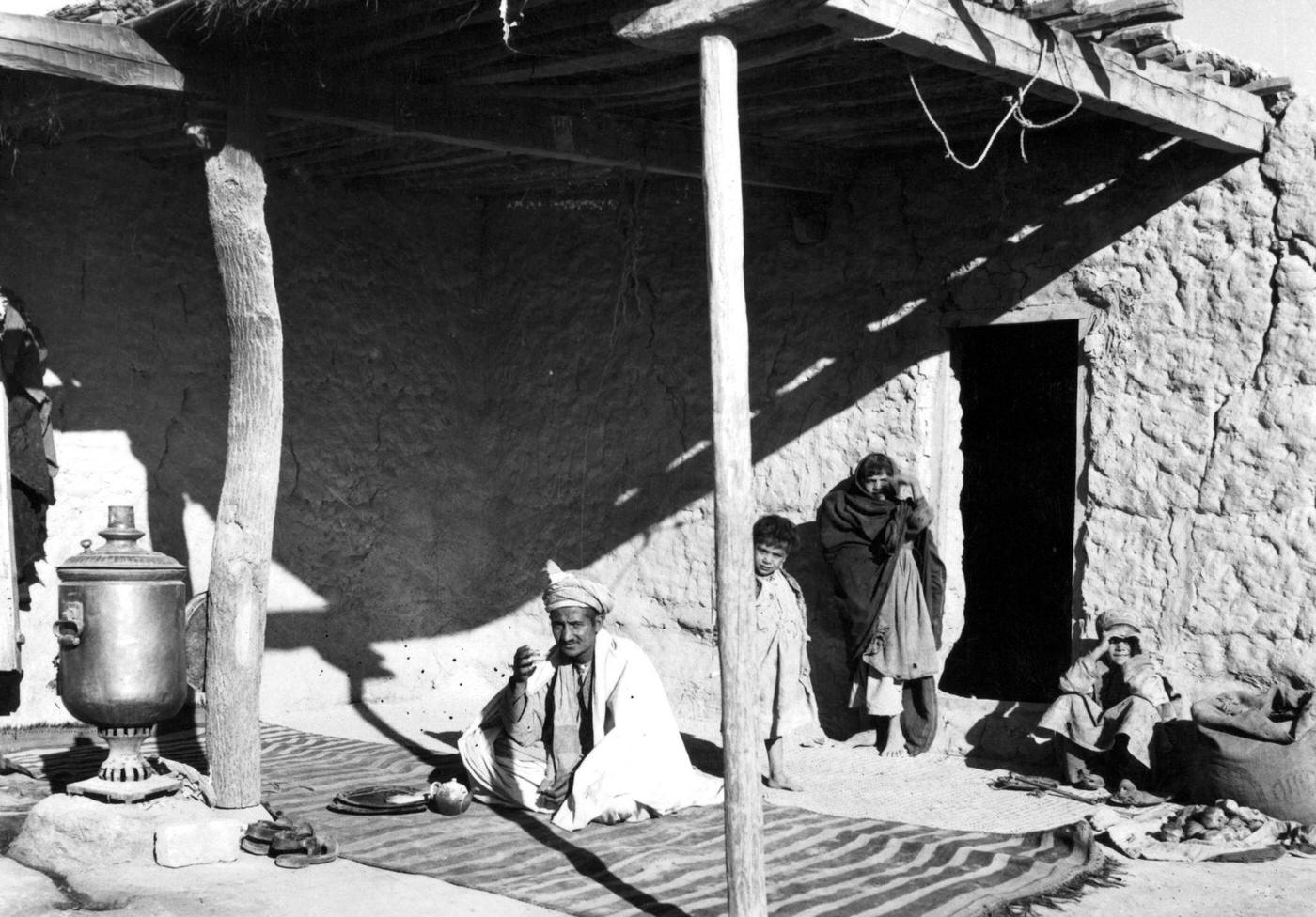The 1950s in Afghanistan was an era marked by significant societal changes and a sense of hopeful progress. During this decade, Afghanistan embarked on a path of modernization that dramatically reshaped the country’s image, way of life, and international relationships.
The ’50s in Afghanistan were a time when women were allowed to pursue education, technology was embraced, and Western trends started to infiltrate the conservative Afghan society. King Zahir Shah, who ruled from 1933 to 1973, made considerable efforts to modernize the country and establish diplomatic relations with many nations. His reign in the 1950s was a period of relative peace and prosperity.
Education was a key area of focus during this decade. It was an era when many schools were built, both for boys and girls. This initiative was part of the broader modernization efforts that were aimed at reducing illiteracy and equipping the Afghan people with necessary skills and knowledge. Women, for the first time in Afghan history, were allowed to attend university. This was a significant step toward gender equality and women empowerment in the country.
In terms of infrastructure, the 1950s witnessed a significant development in Afghanistan’s urban areas. Buildings, roads, and airports were constructed, many with the assistance of foreign aid. Notably, the United States and the Soviet Union both invested heavily in Afghan infrastructure during the Cold War, to gain influence in the region. This period also saw the introduction of new technologies, such as televisions and cars, which changed the daily lives of Afghan people, particularly in the urban centers.
The influence of Western culture started to penetrate Afghan society during this decade. Western-style clothing became more common, particularly among the urban elite, and cinemas began to show Western films. Interestingly, the American Schlitz Beer, which was gaining fame in the mid-20th century, also found its way to Afghanistan. Even though alcohol is generally forbidden in Islam, during this period, there was a level of tolerance for such Western practices in urban areas, highlighting the diversity and complexity of Afghan society.
Yet, amidst the waves of modernization and Western influence, traditional customs and Islamic practices remained deeply entrenched in Afghan society. The ’50s were a period of fascinating coexistence and negotiation between the old and the new, between tradition and modernity.
Here are some fascinating historical photos that will take you back to the 1950s in Afghanistan.


